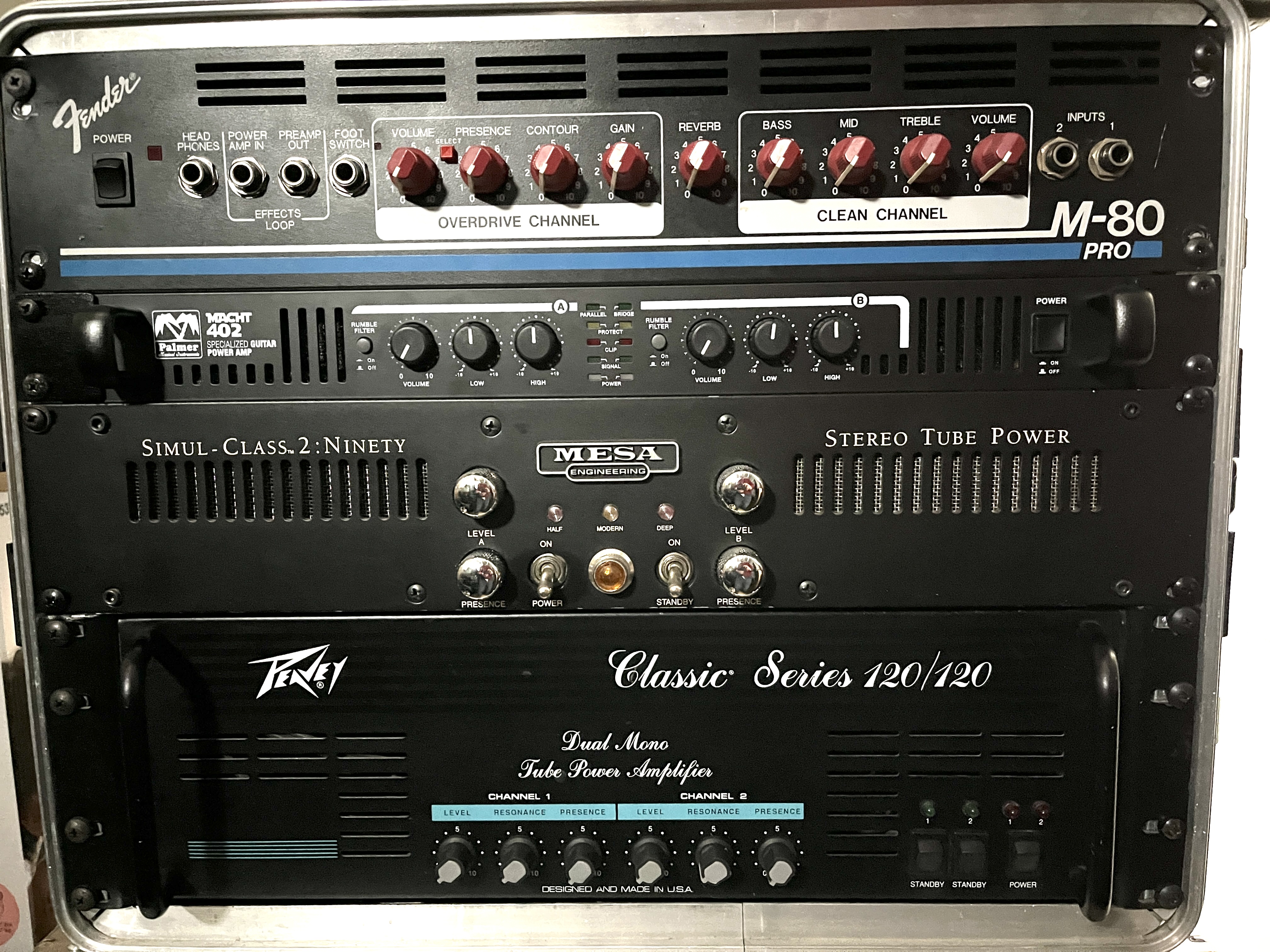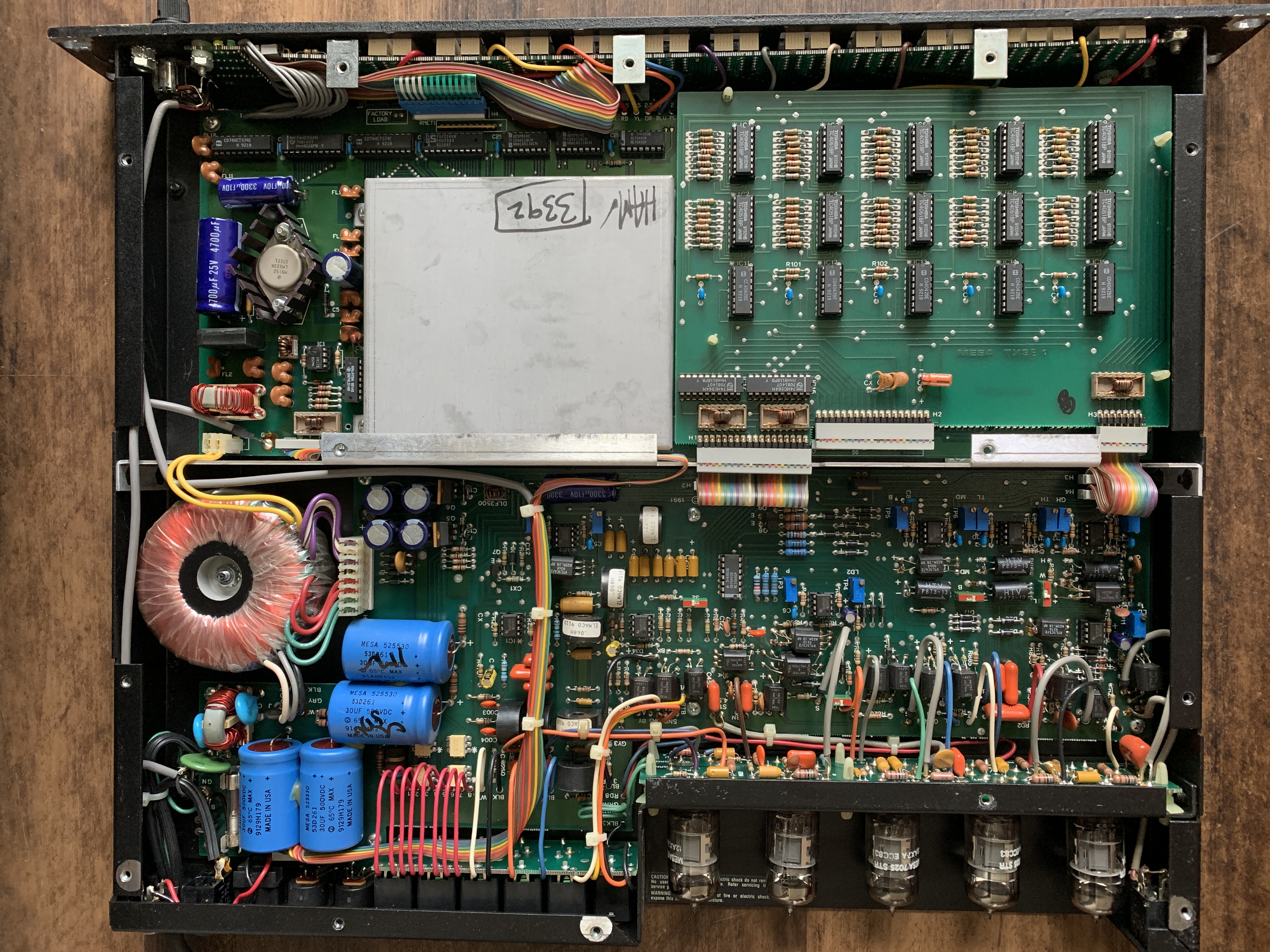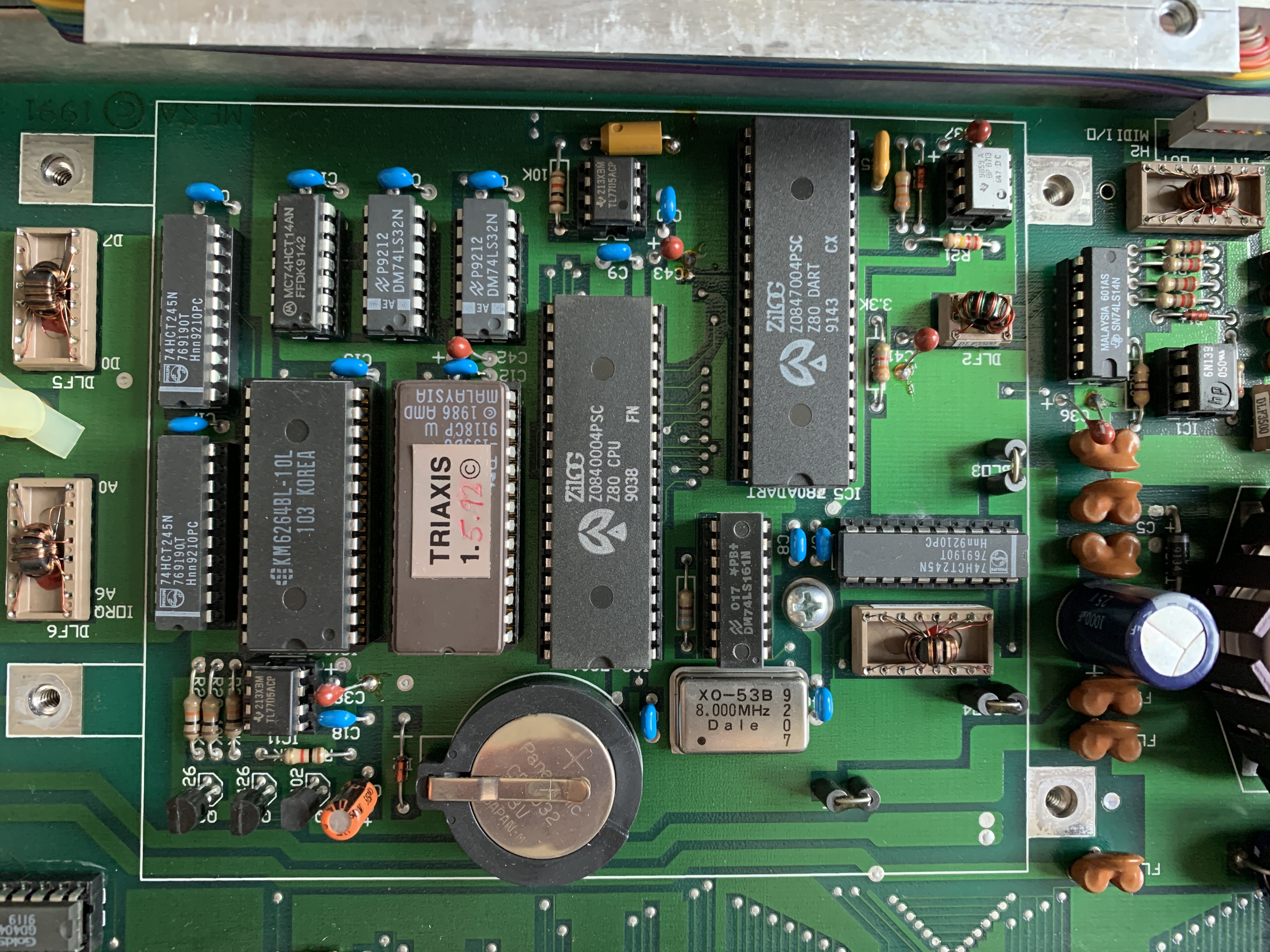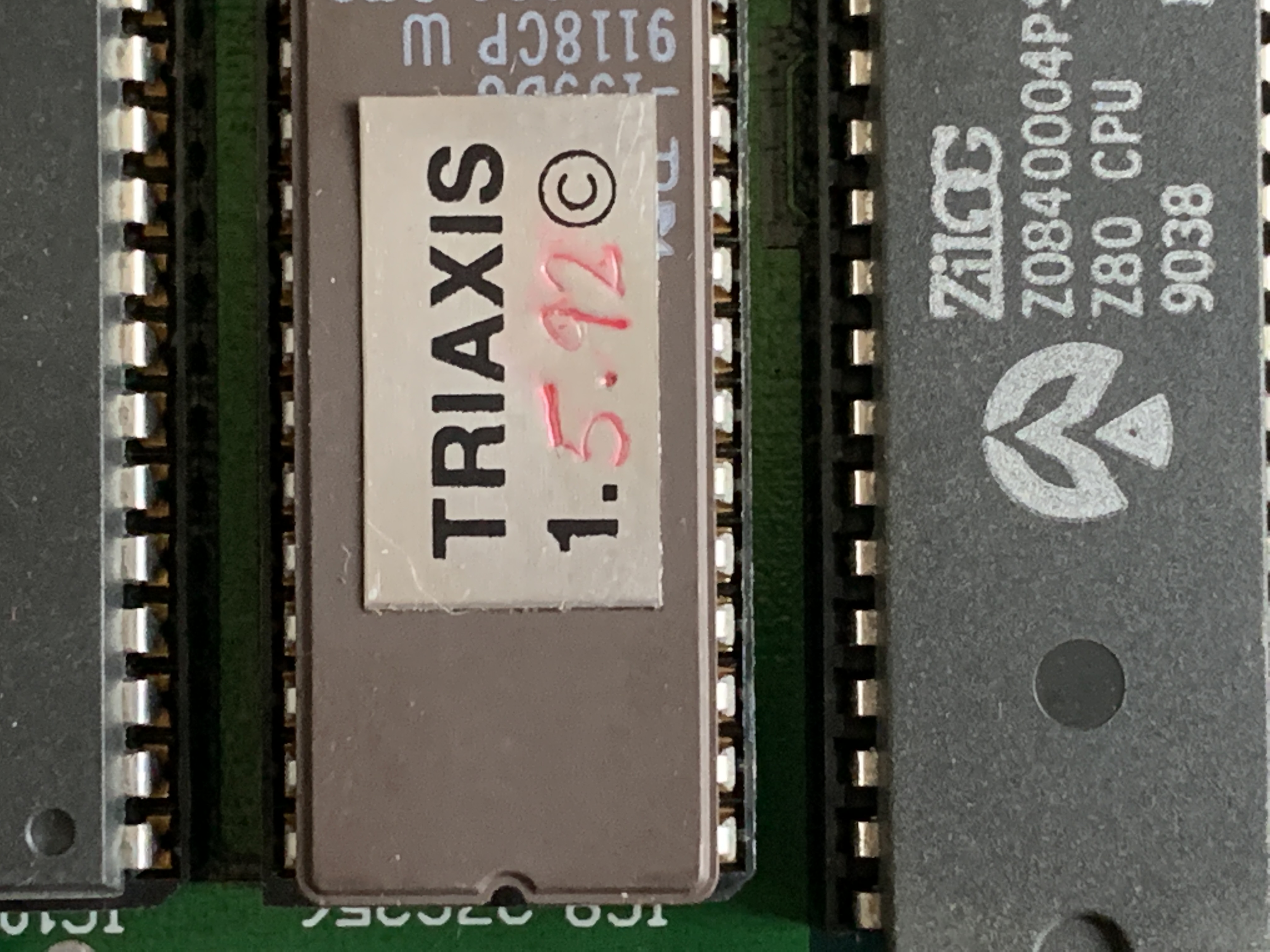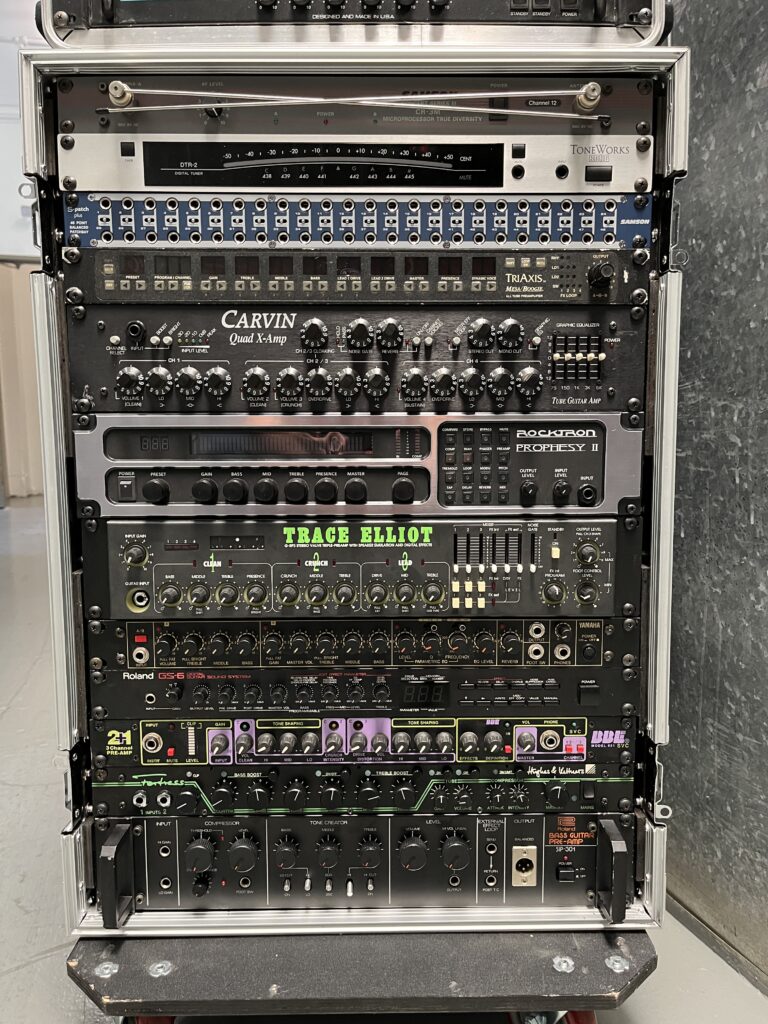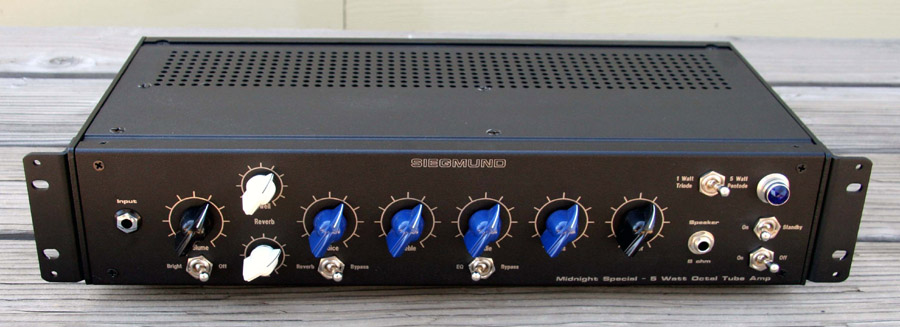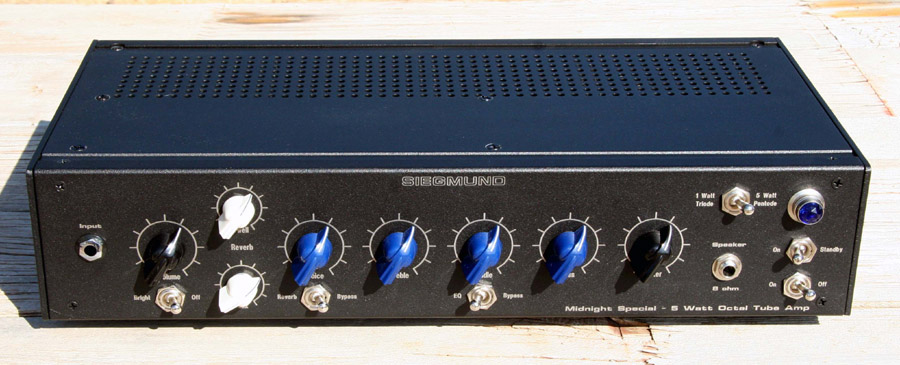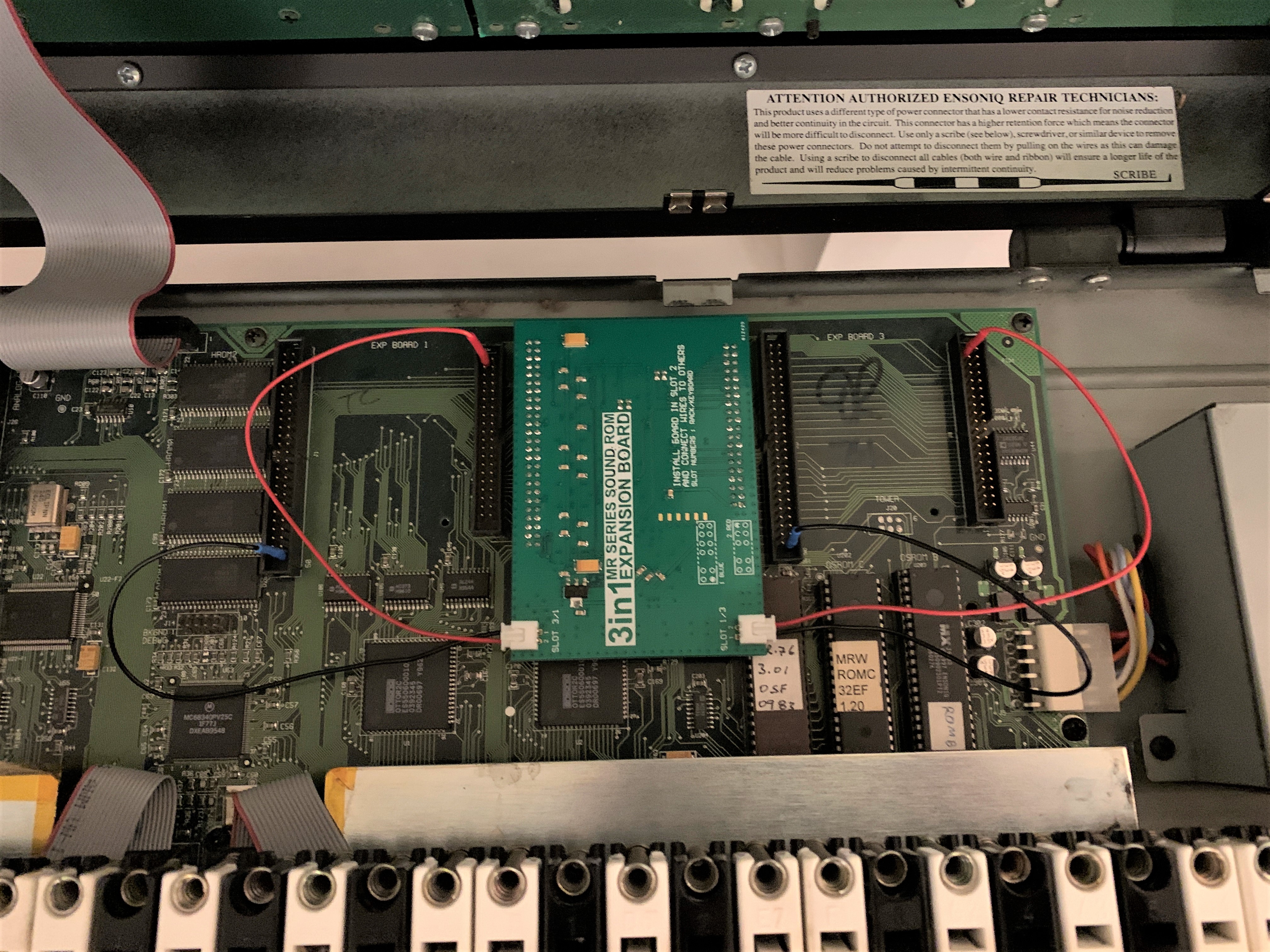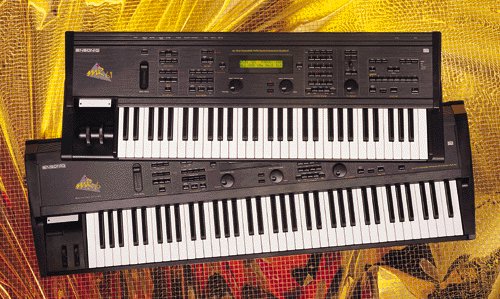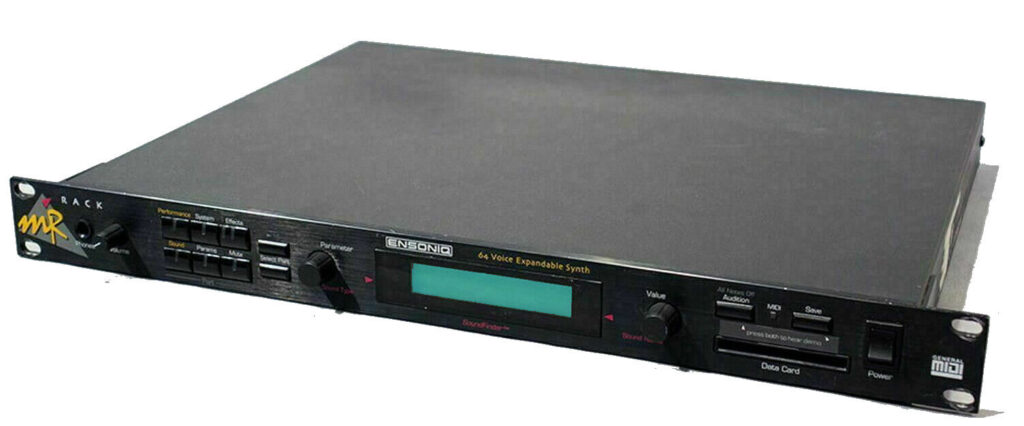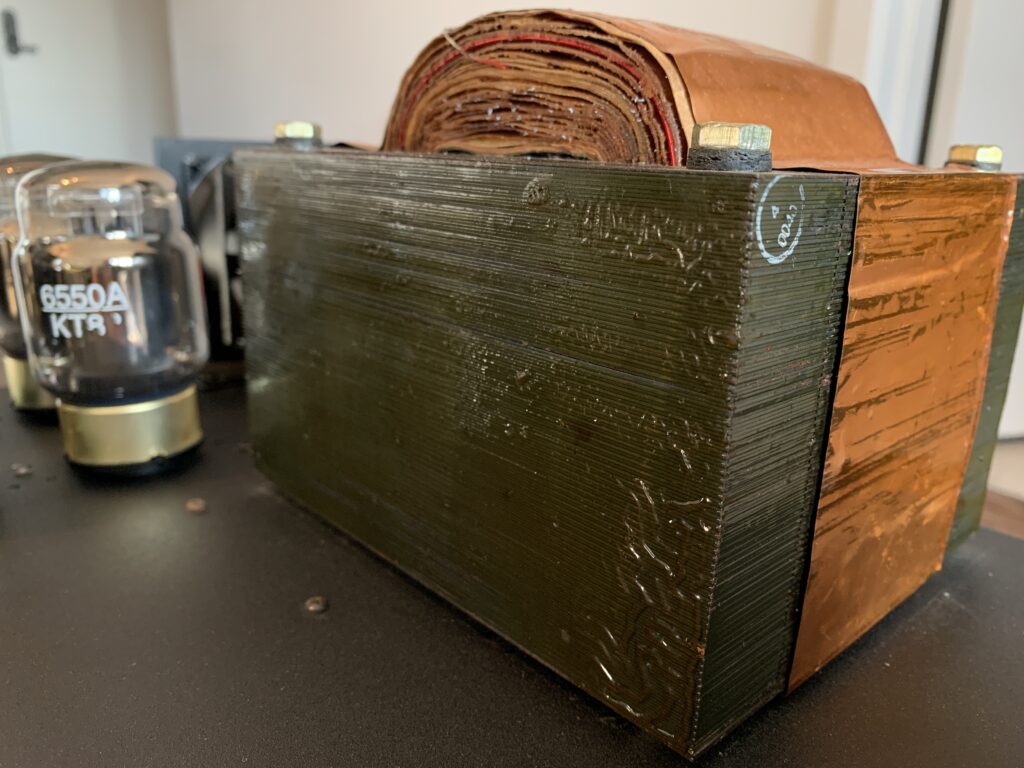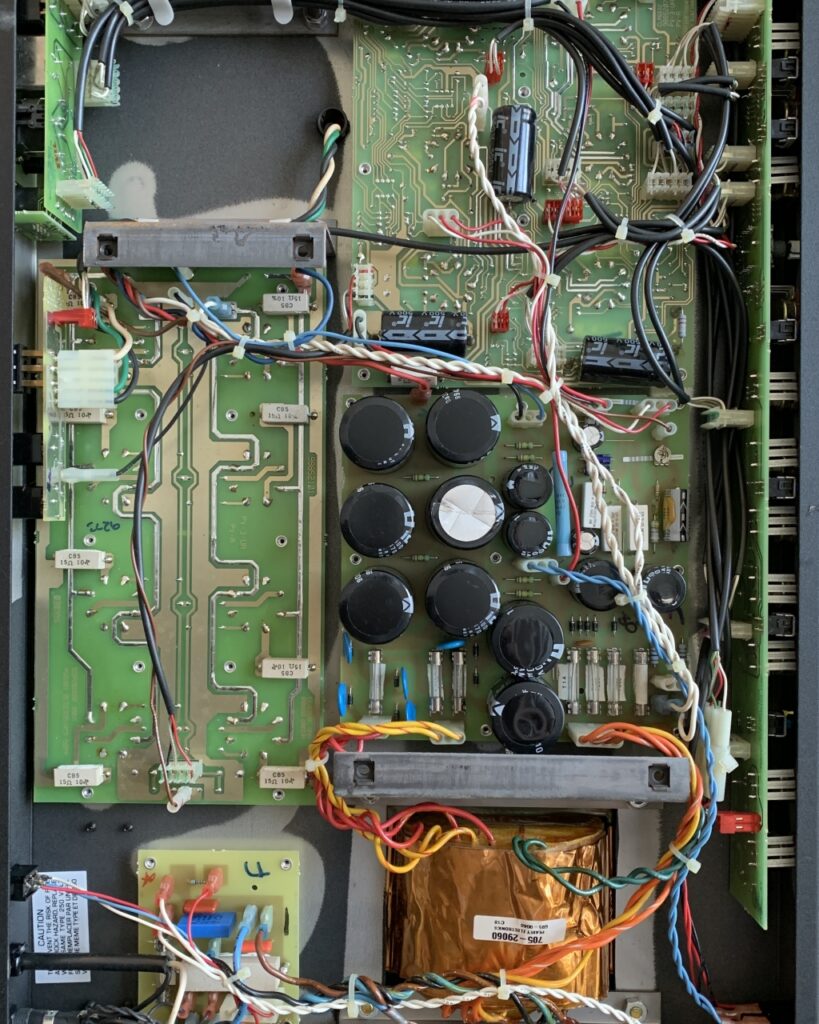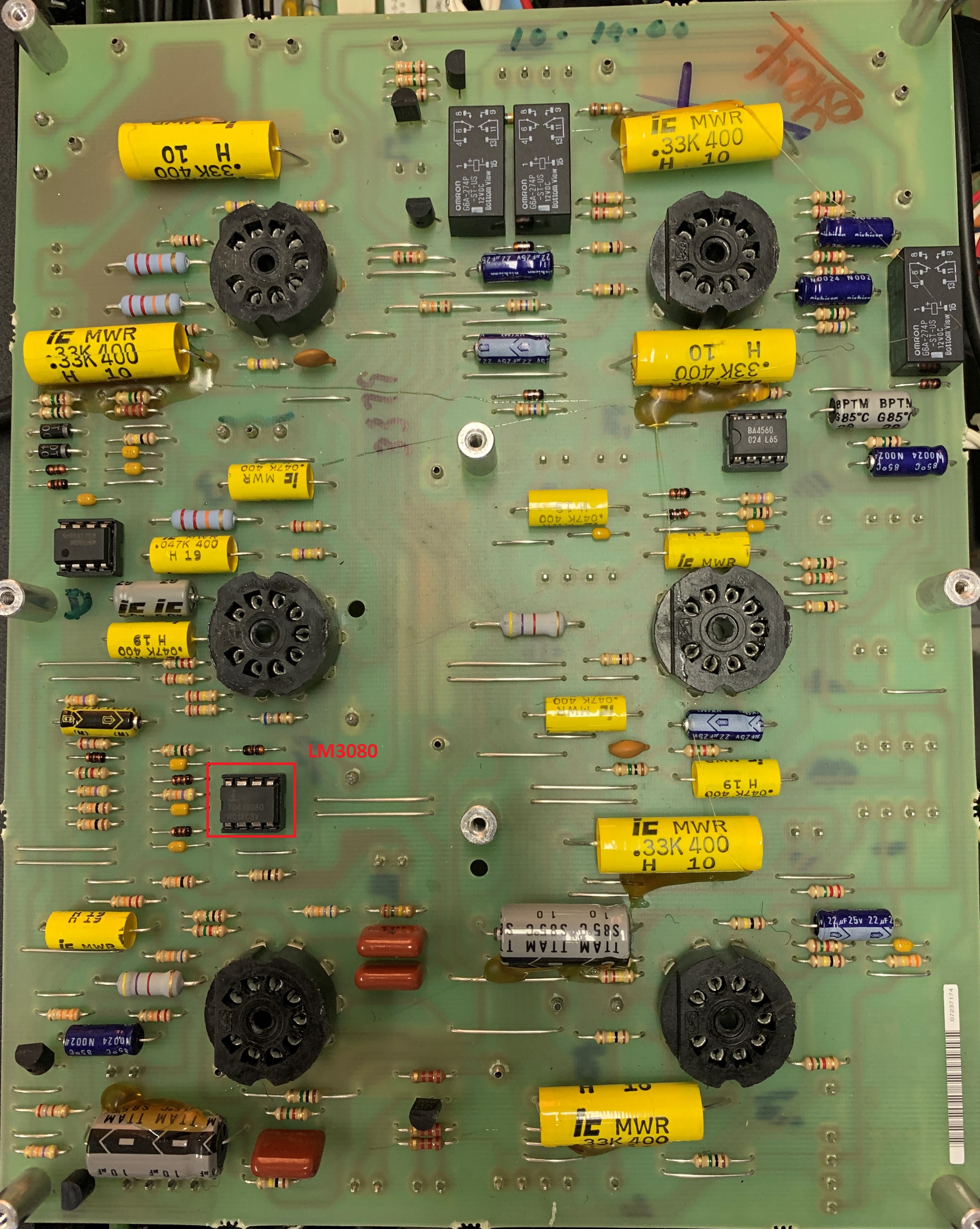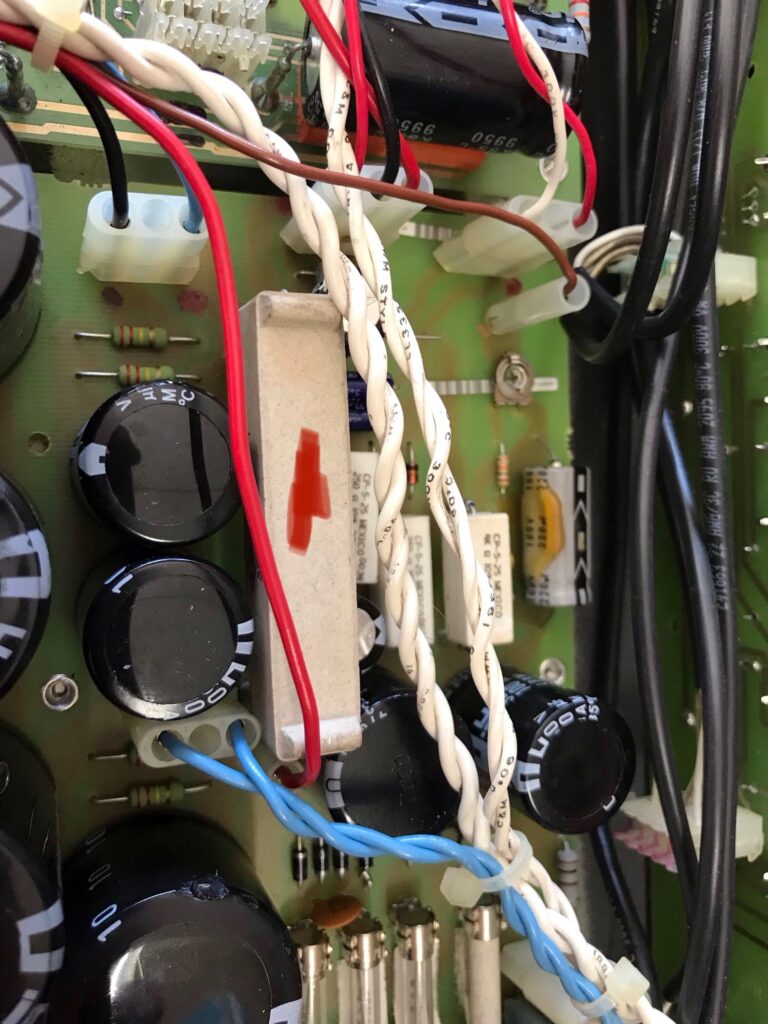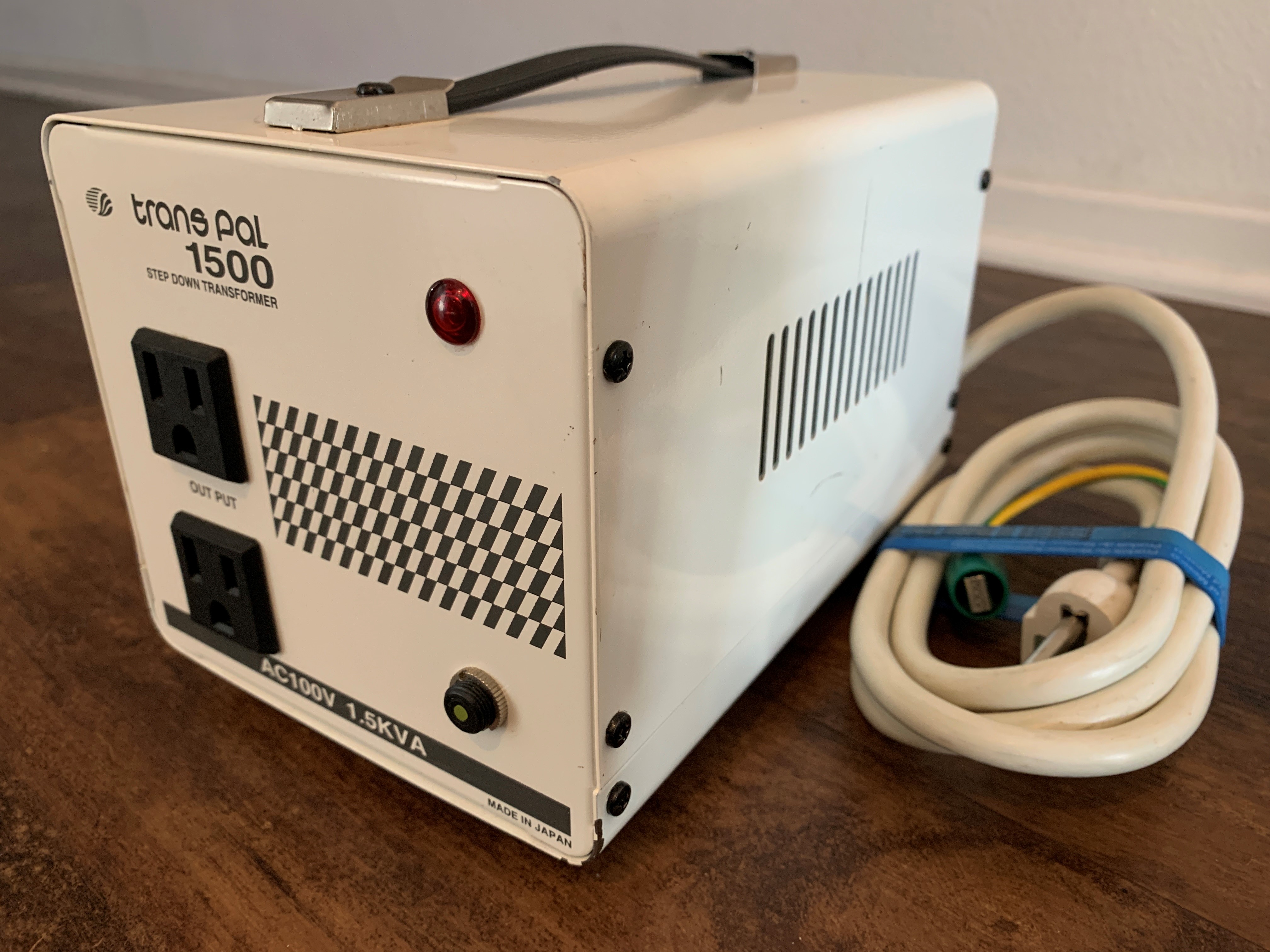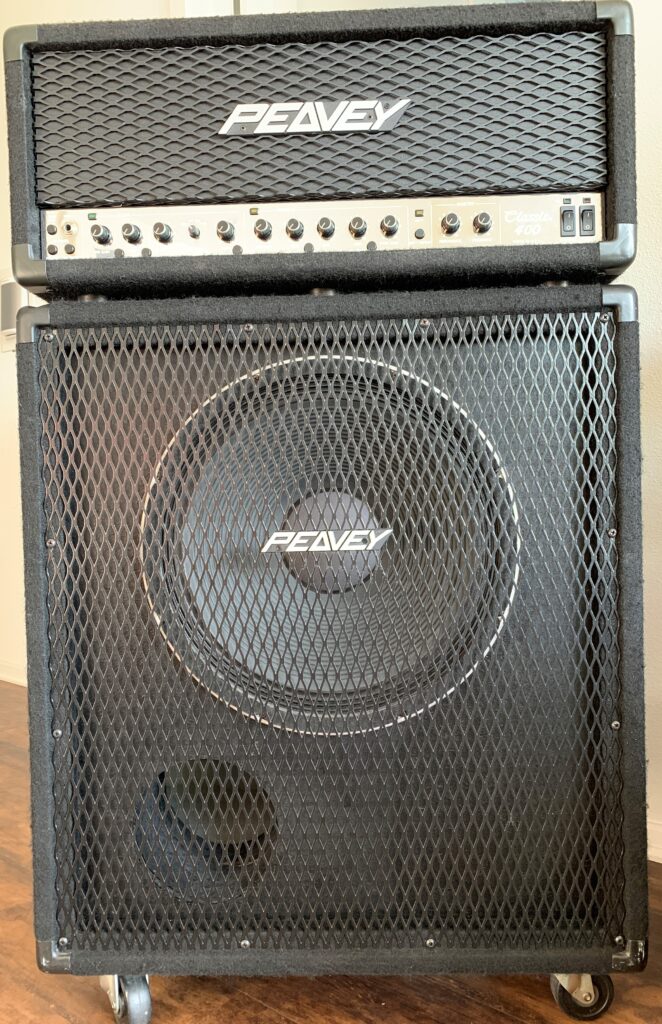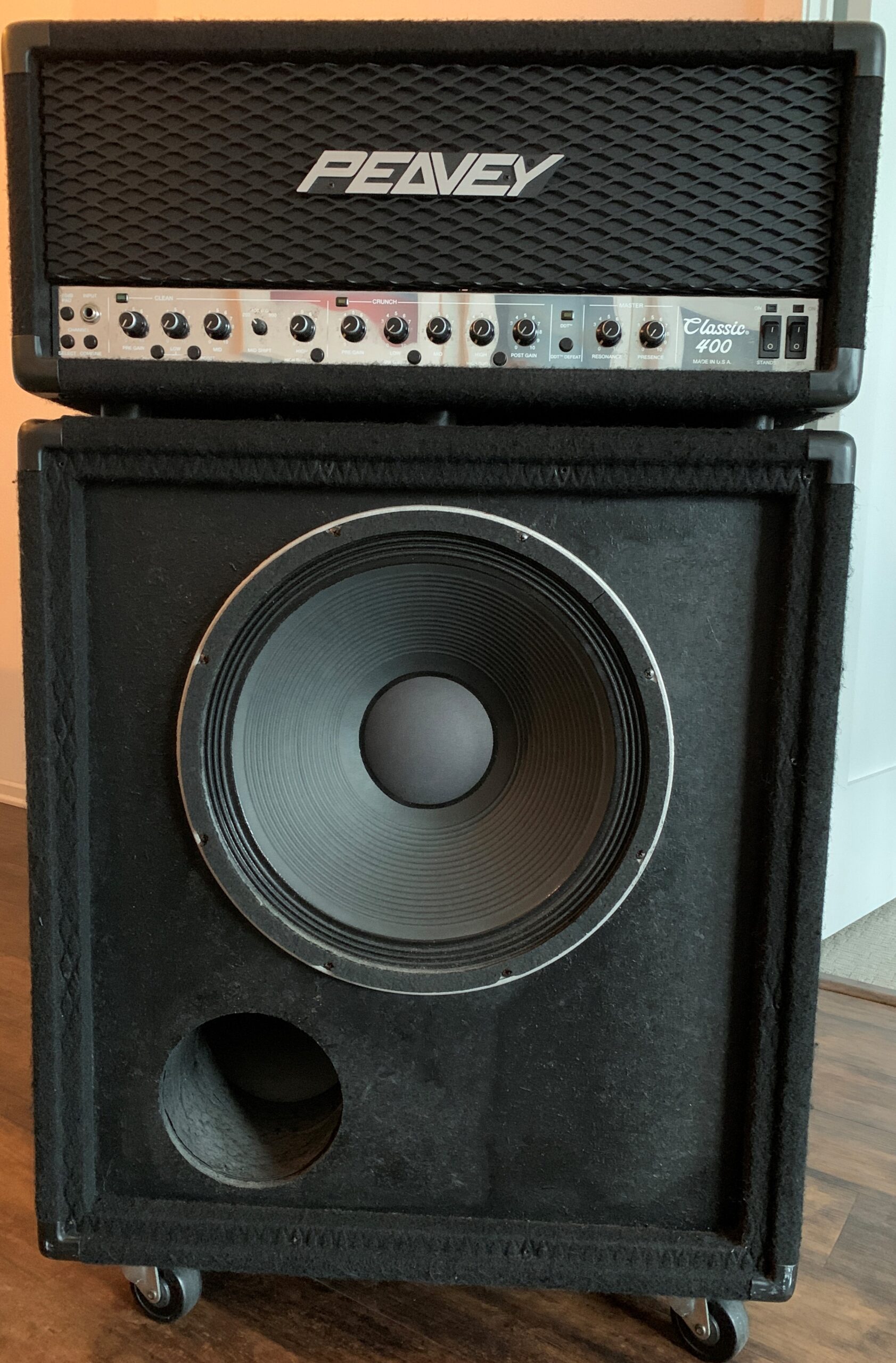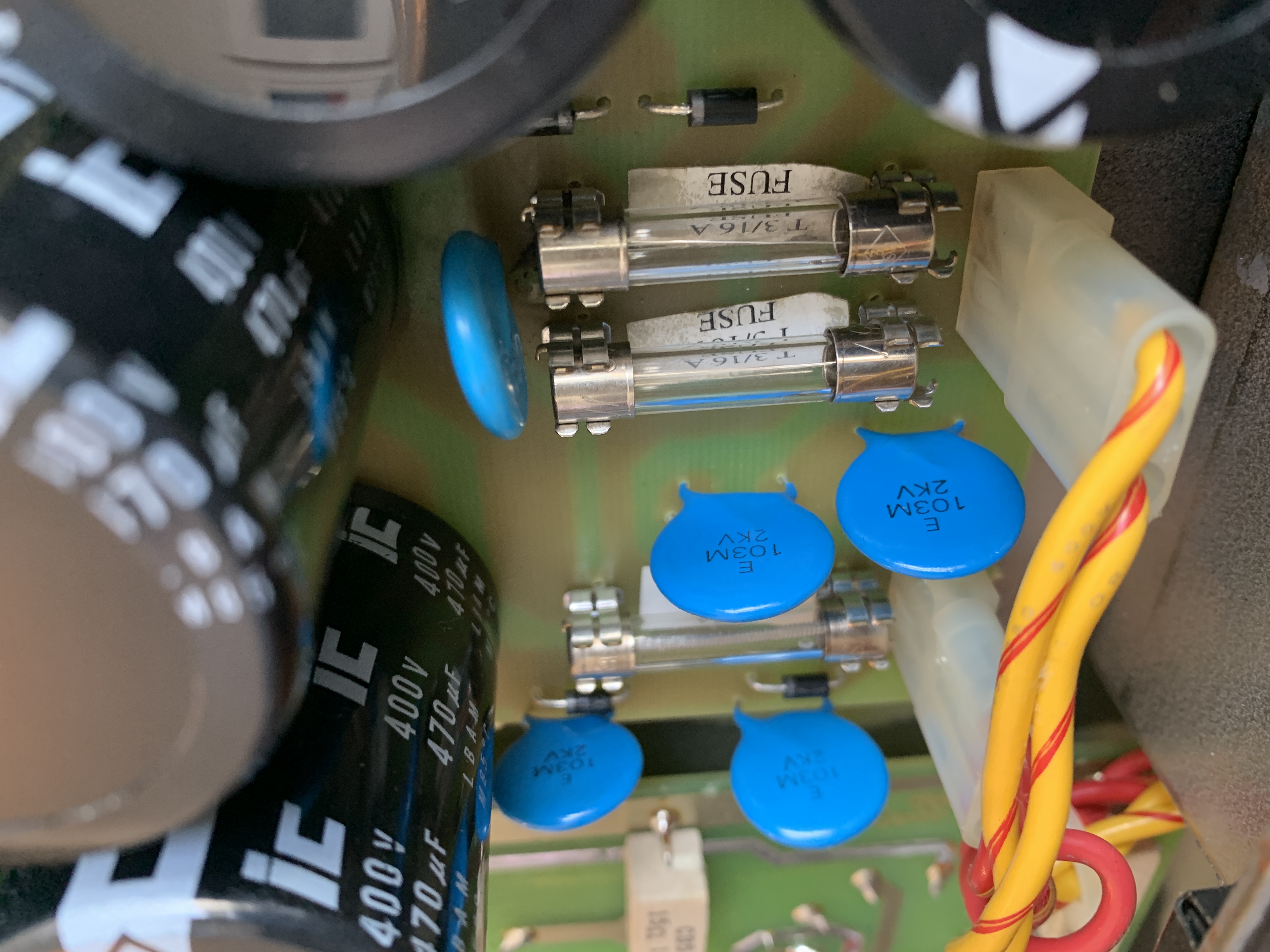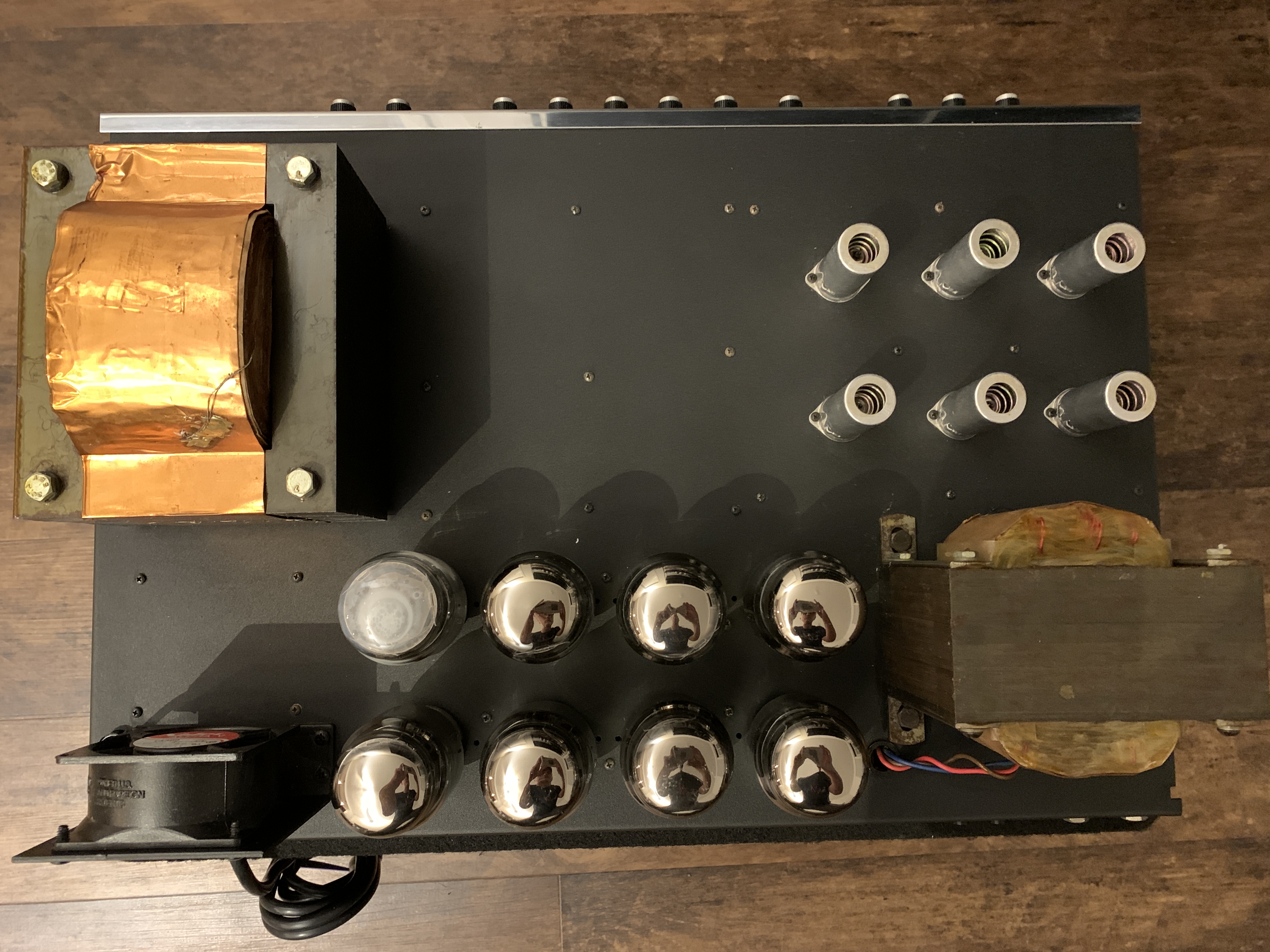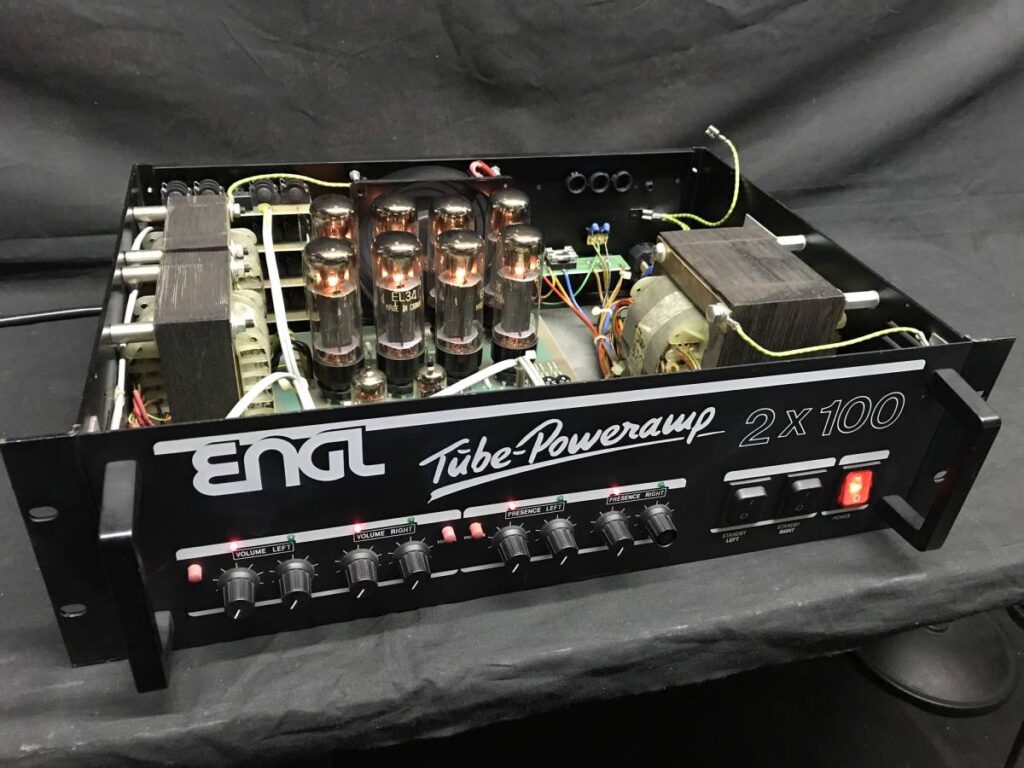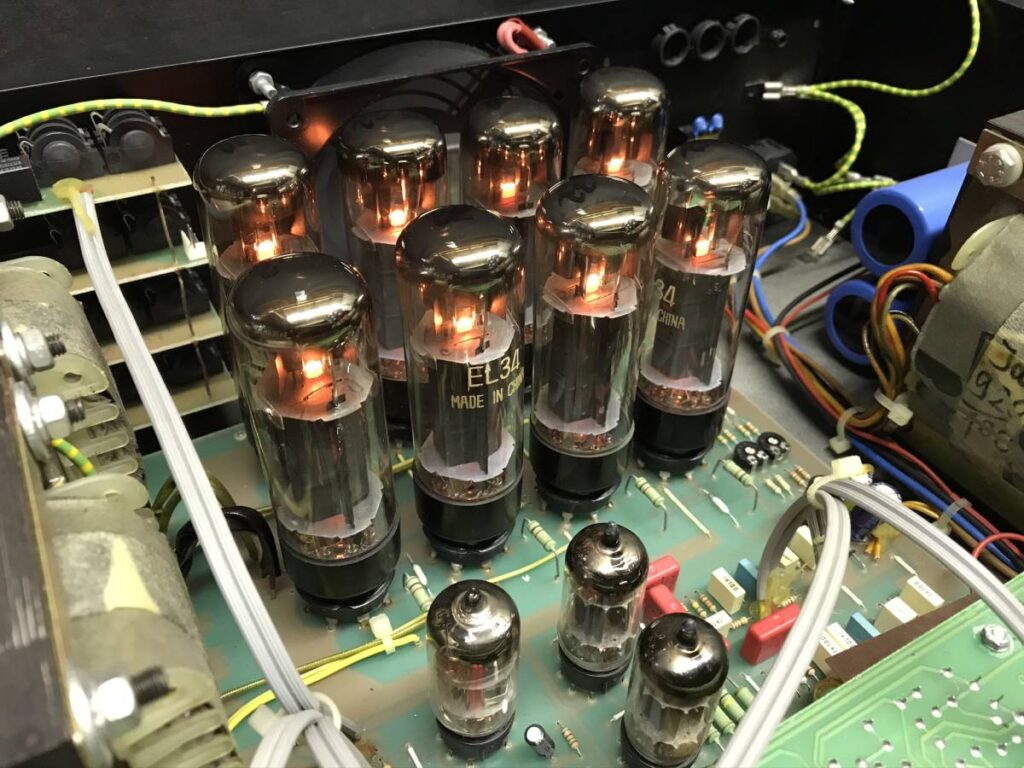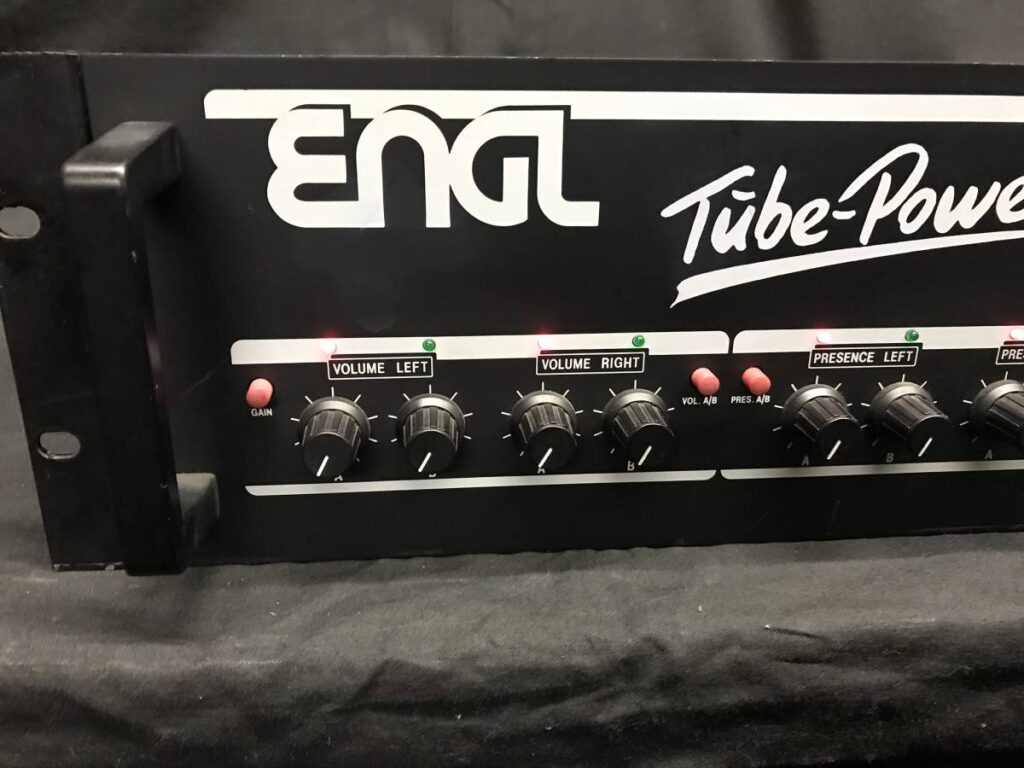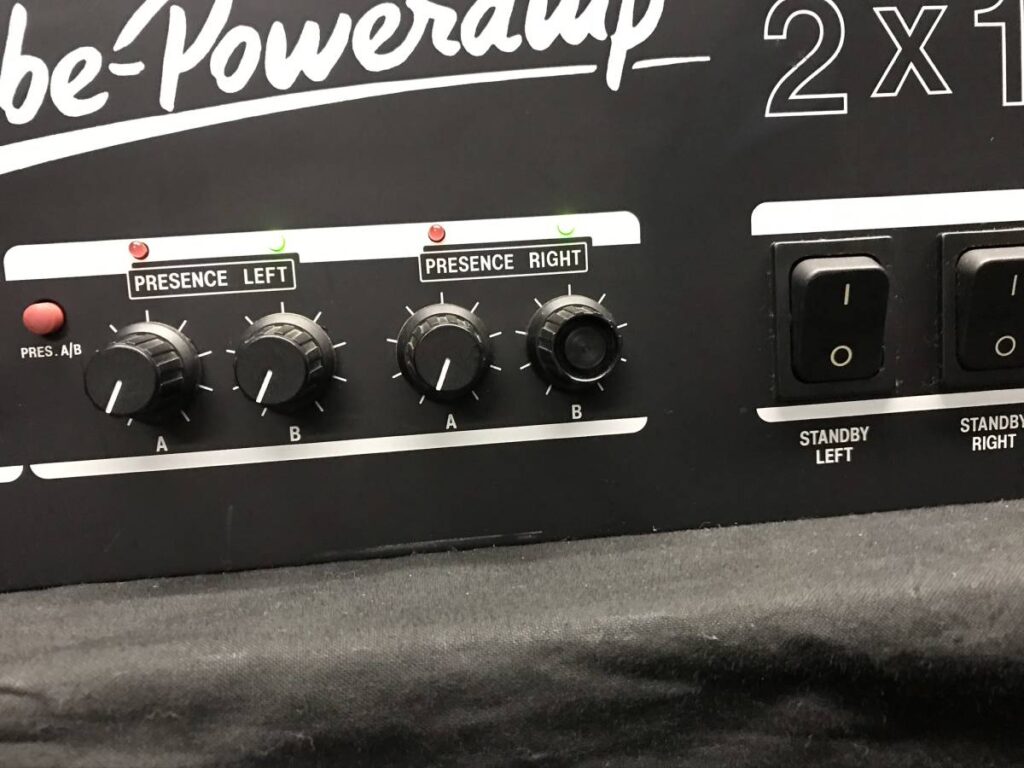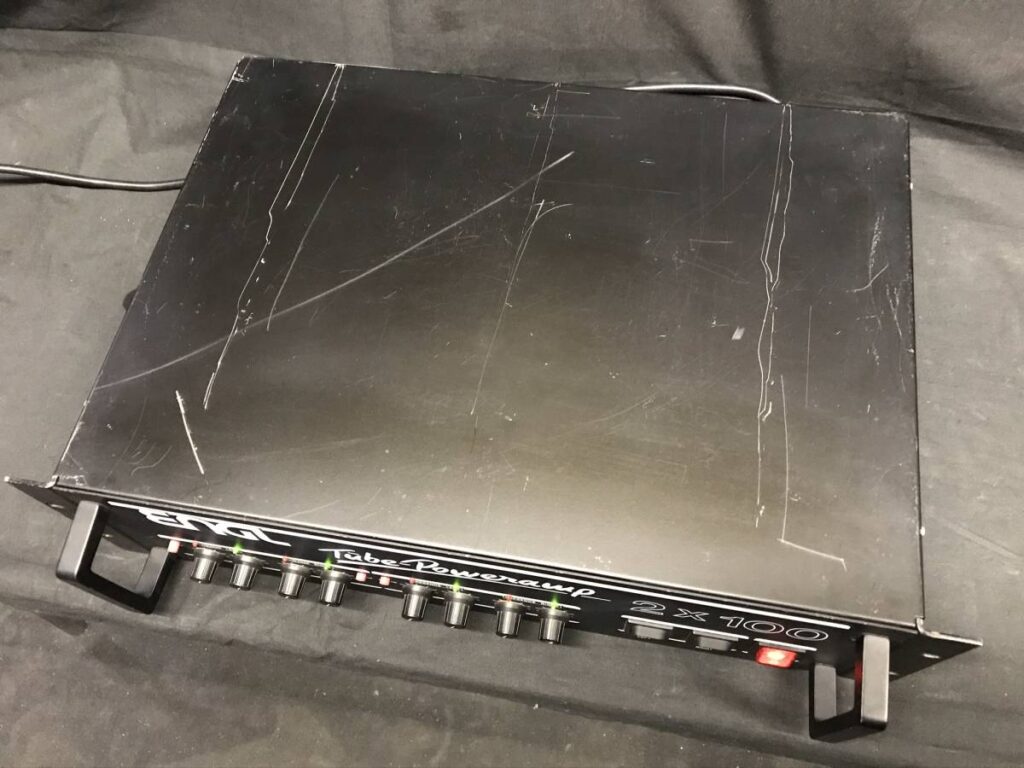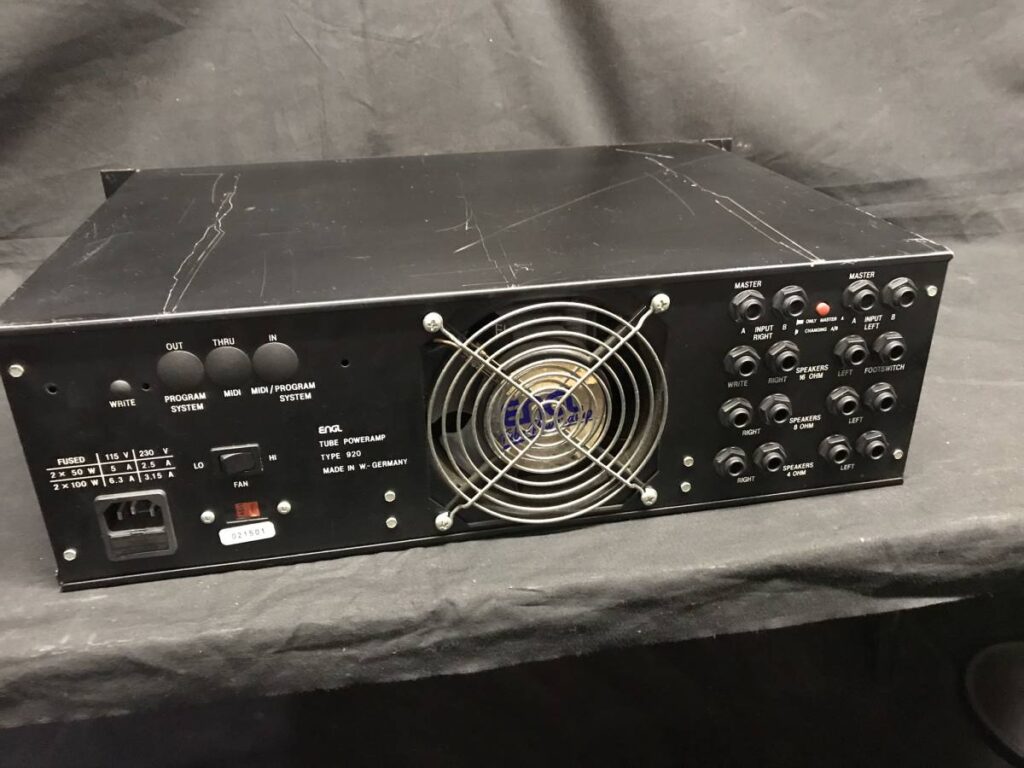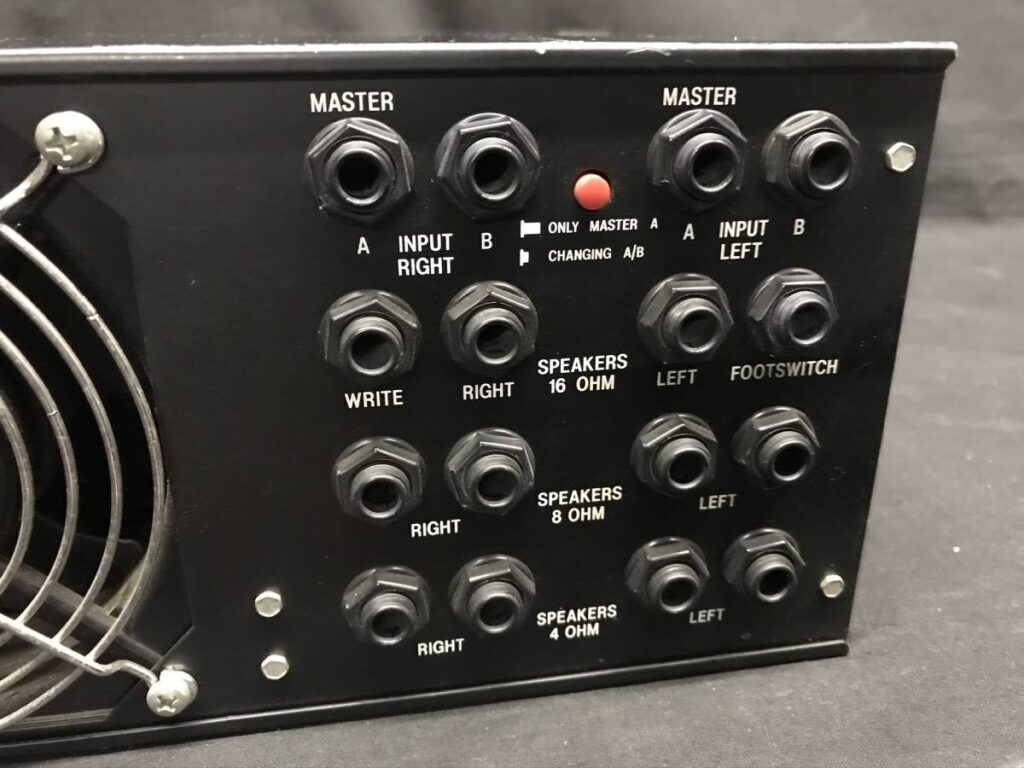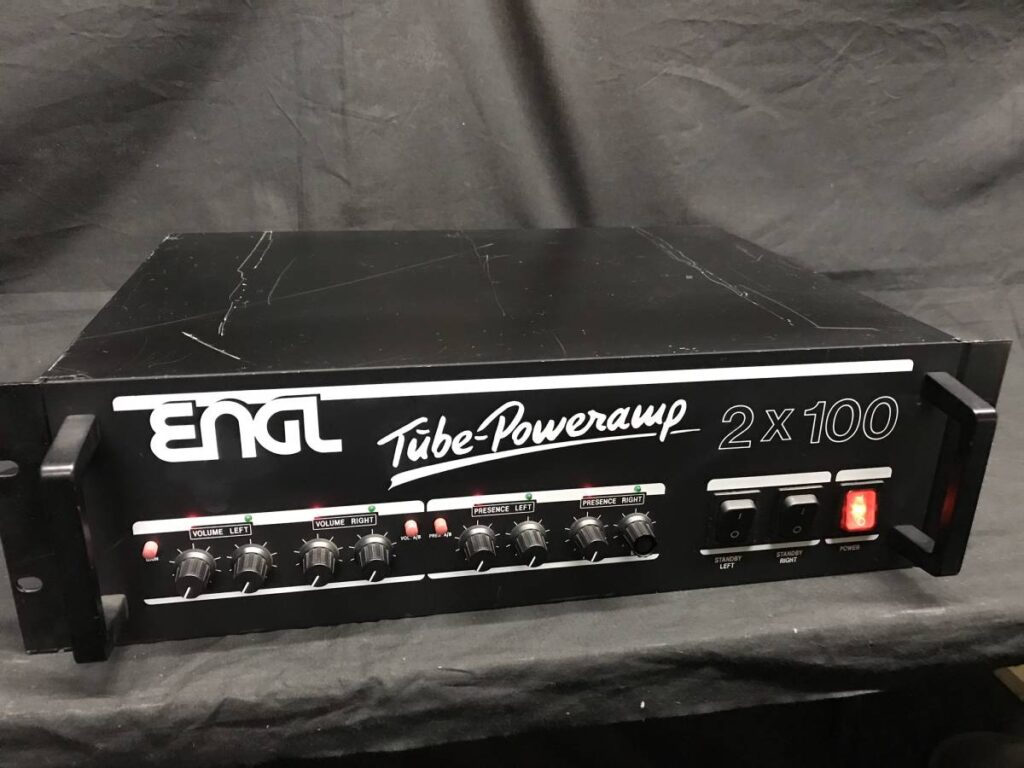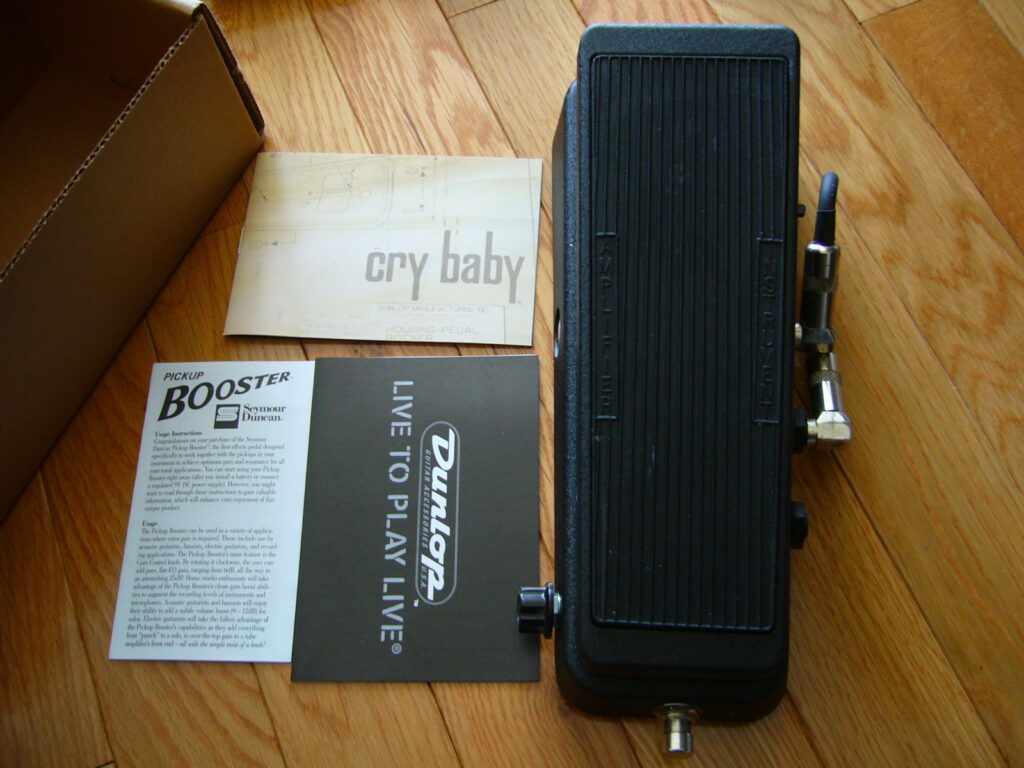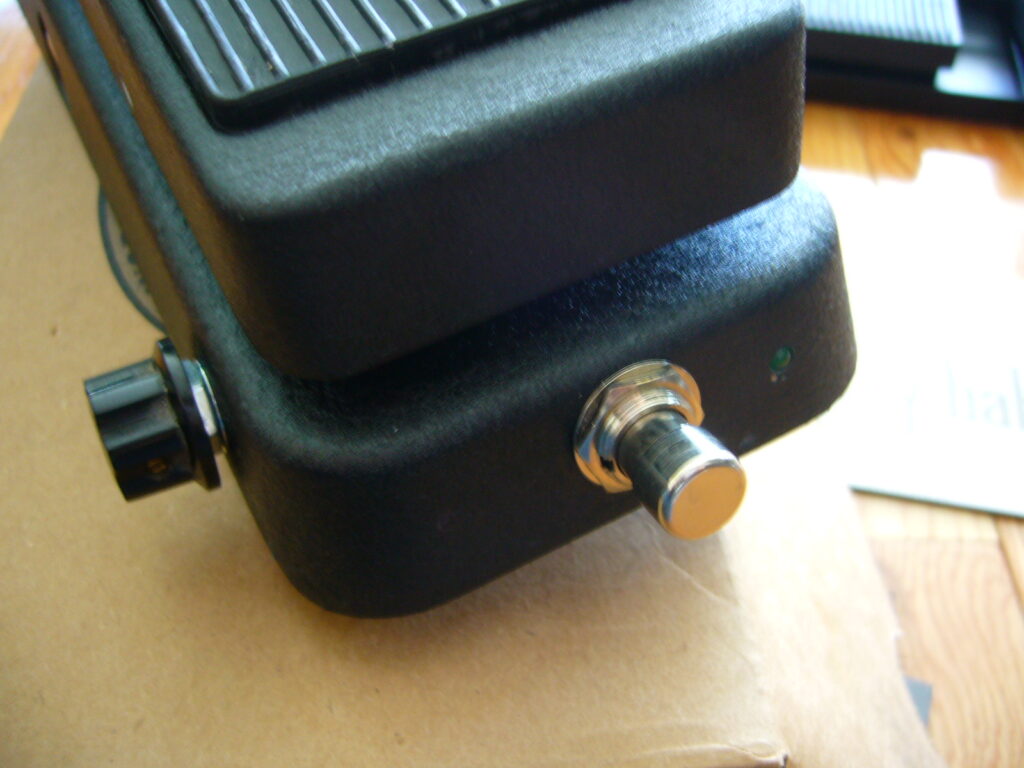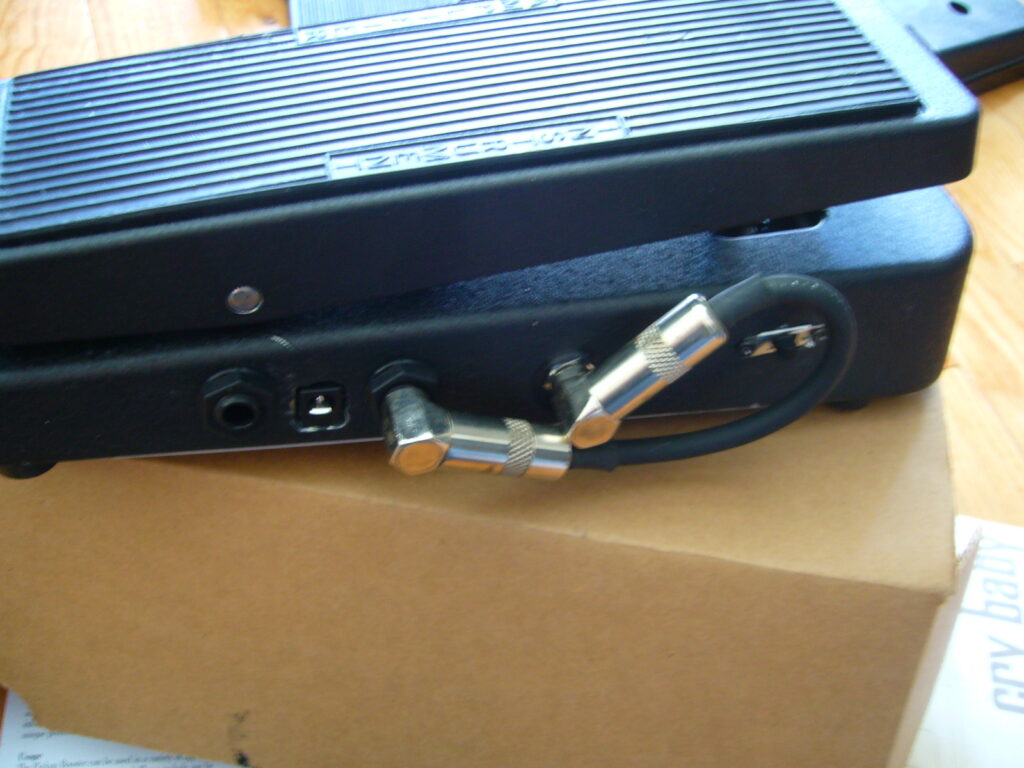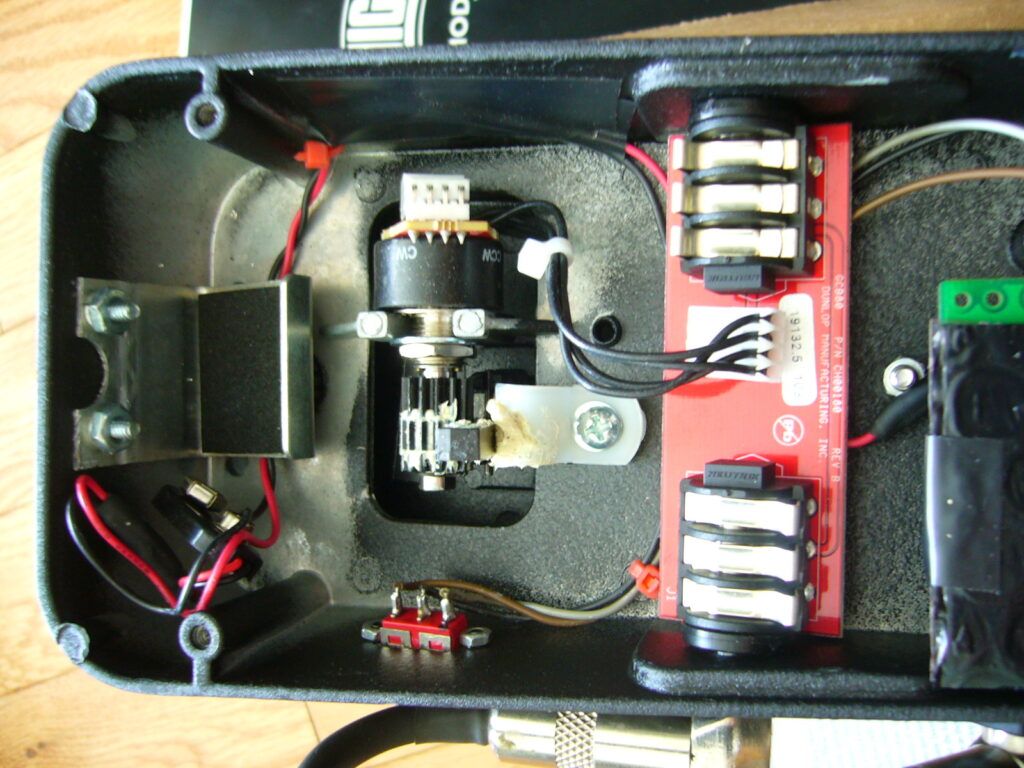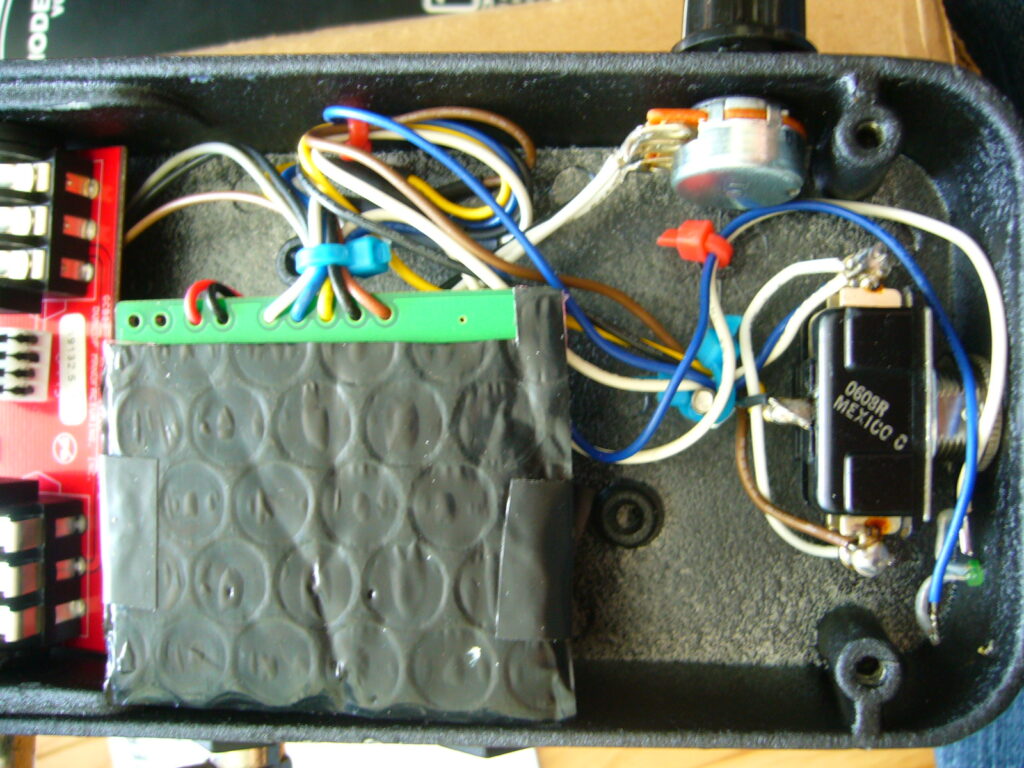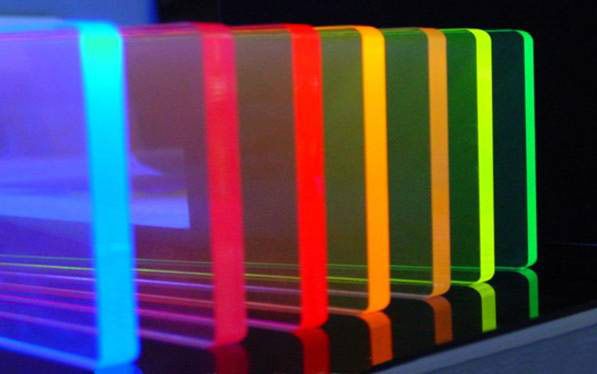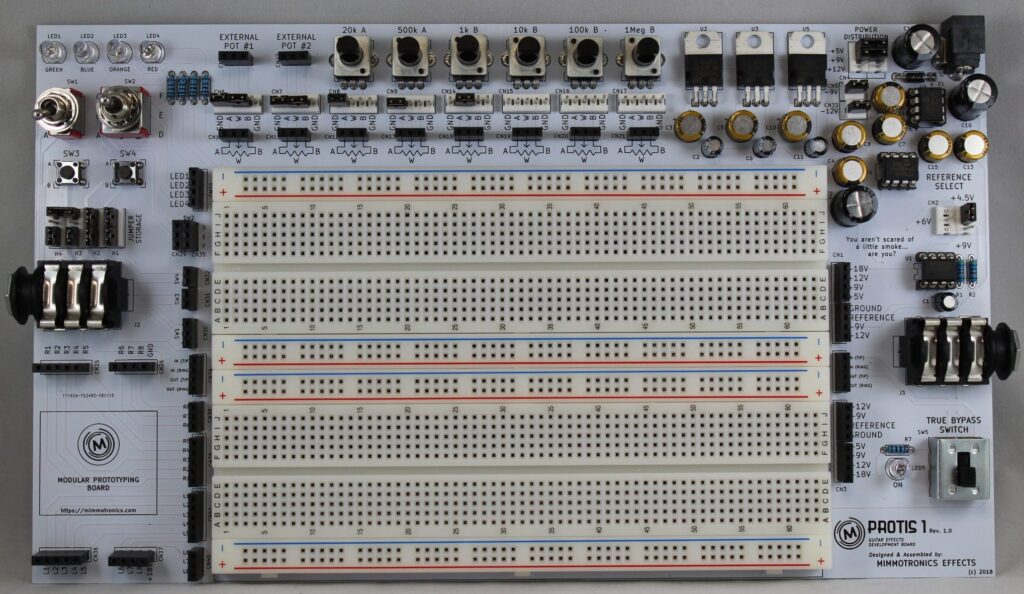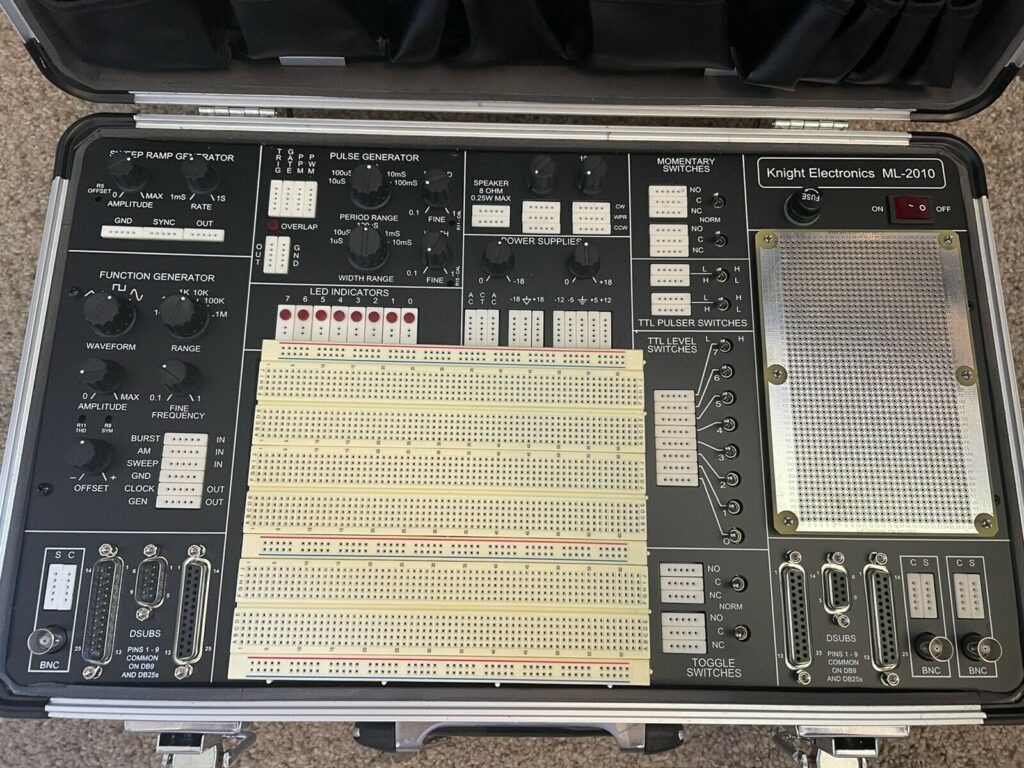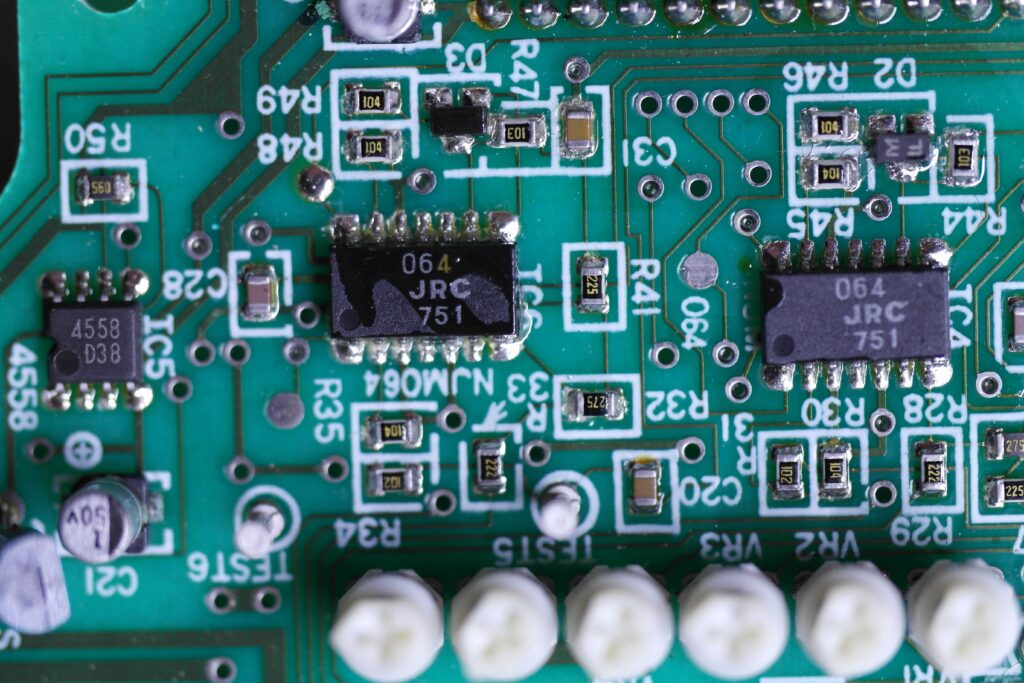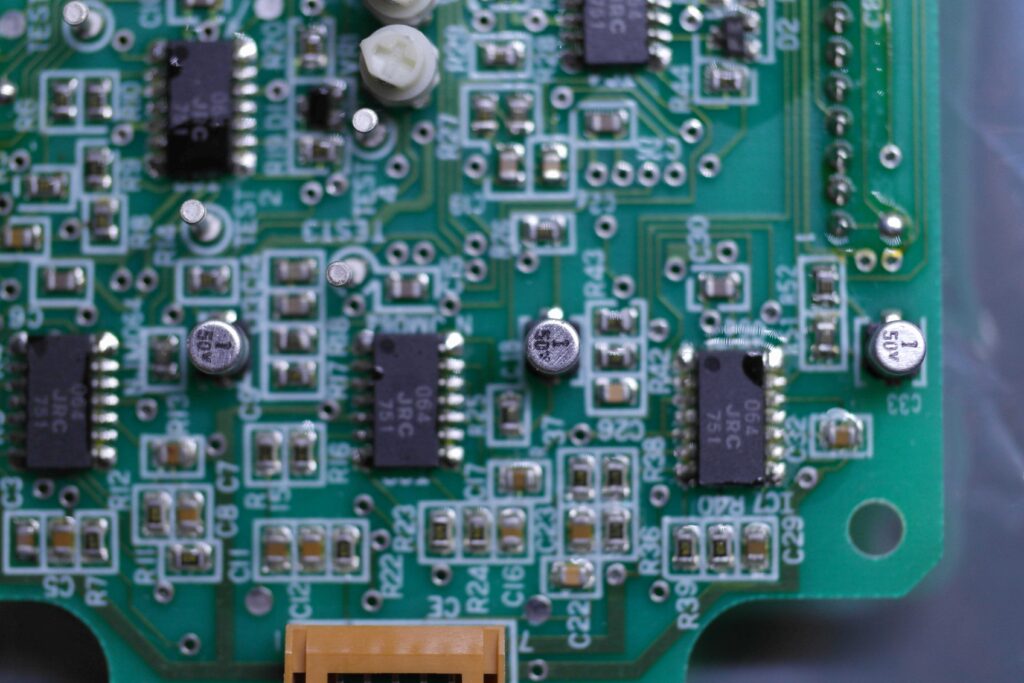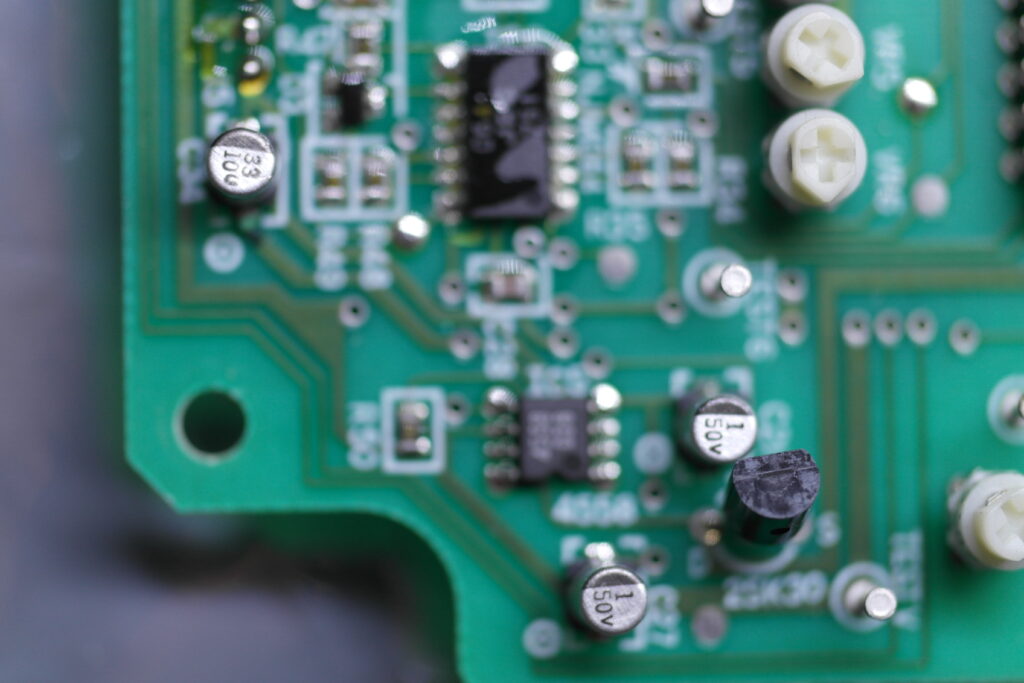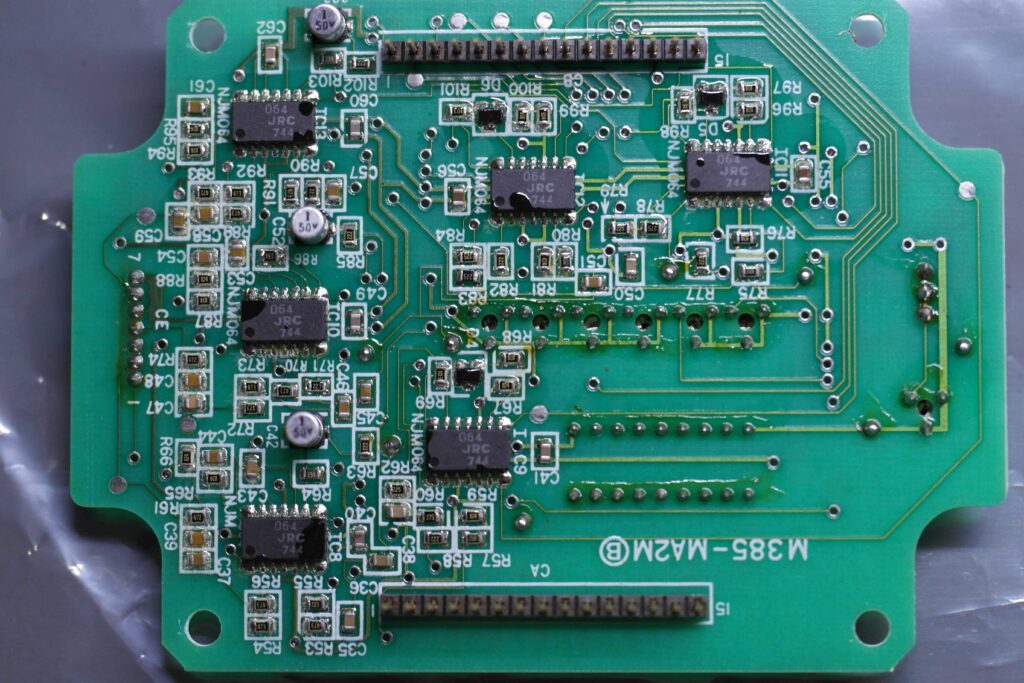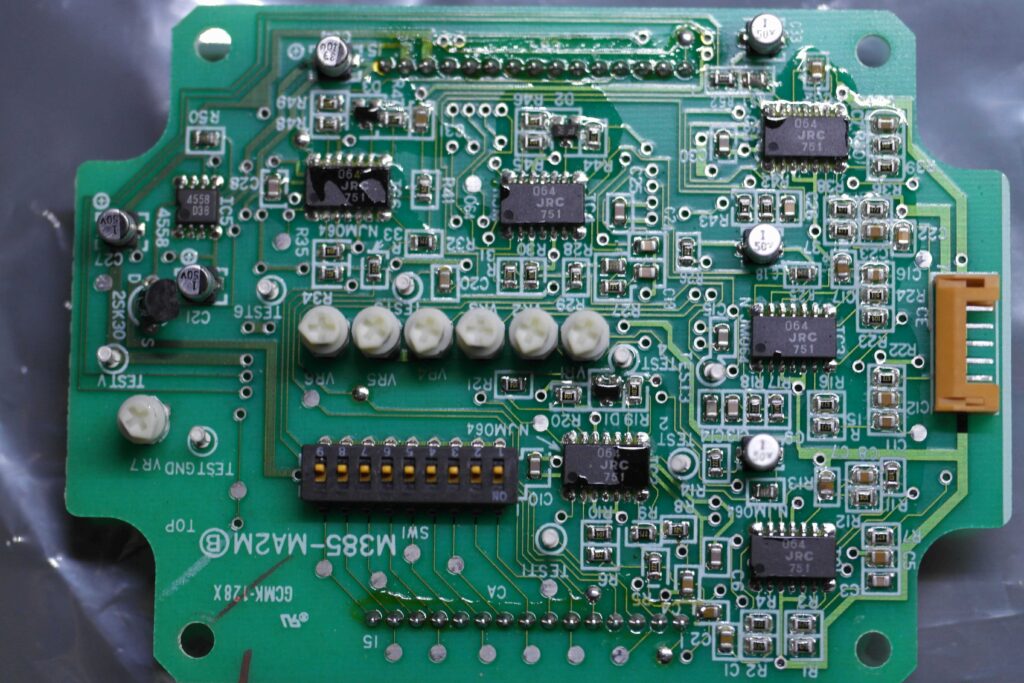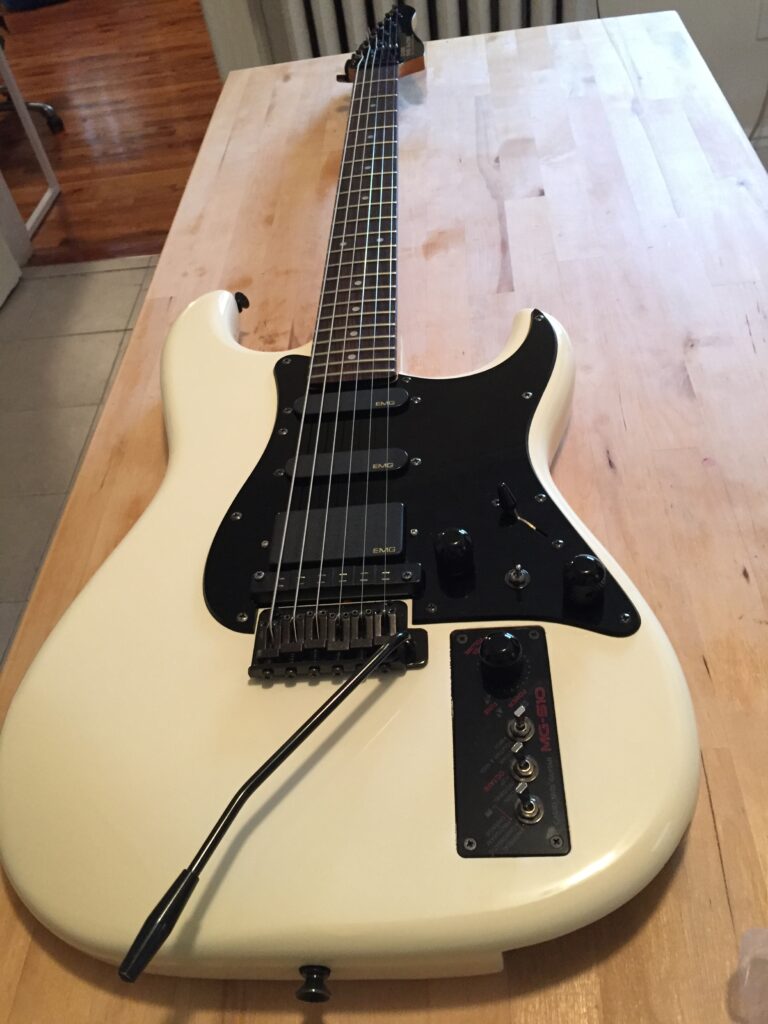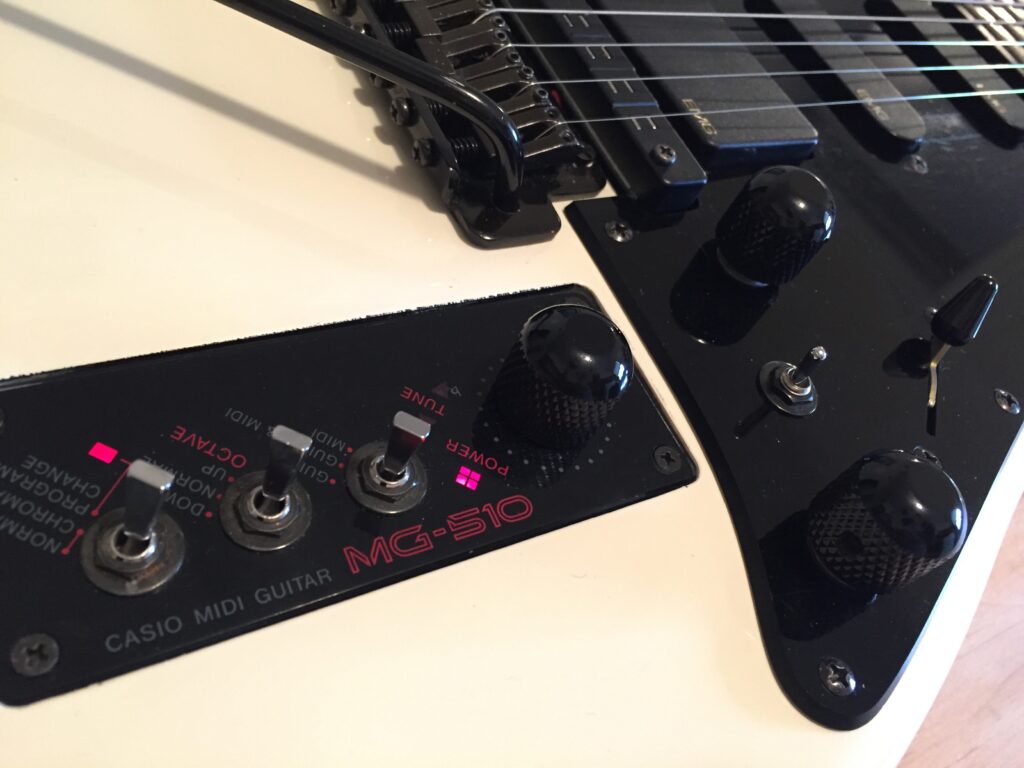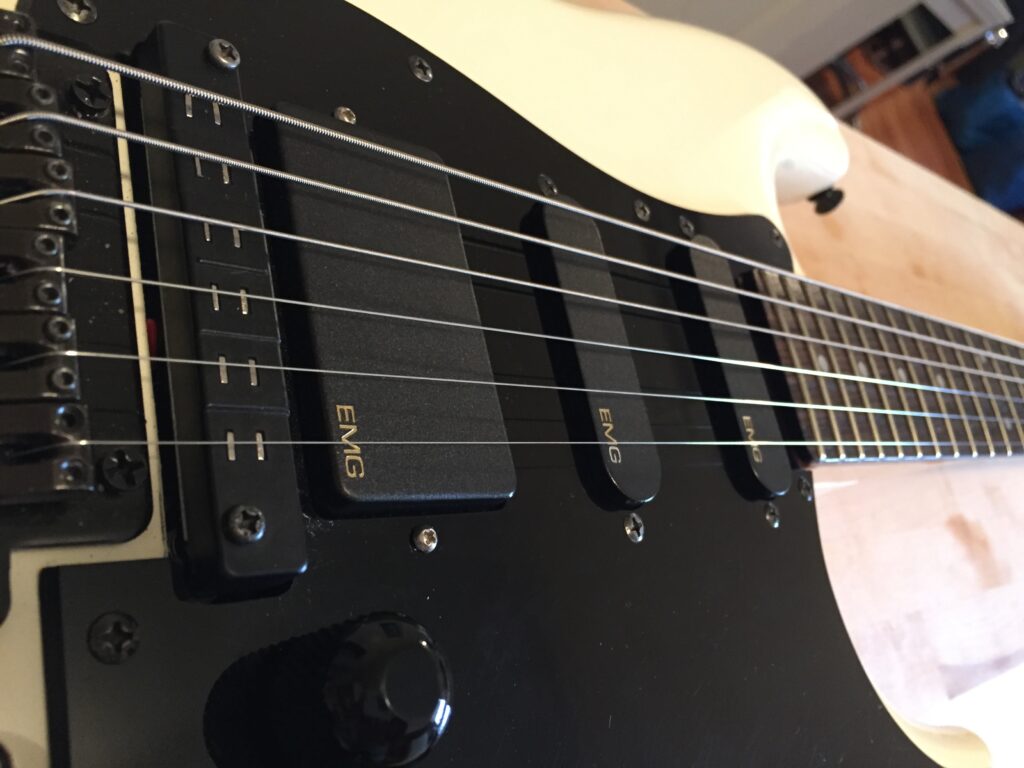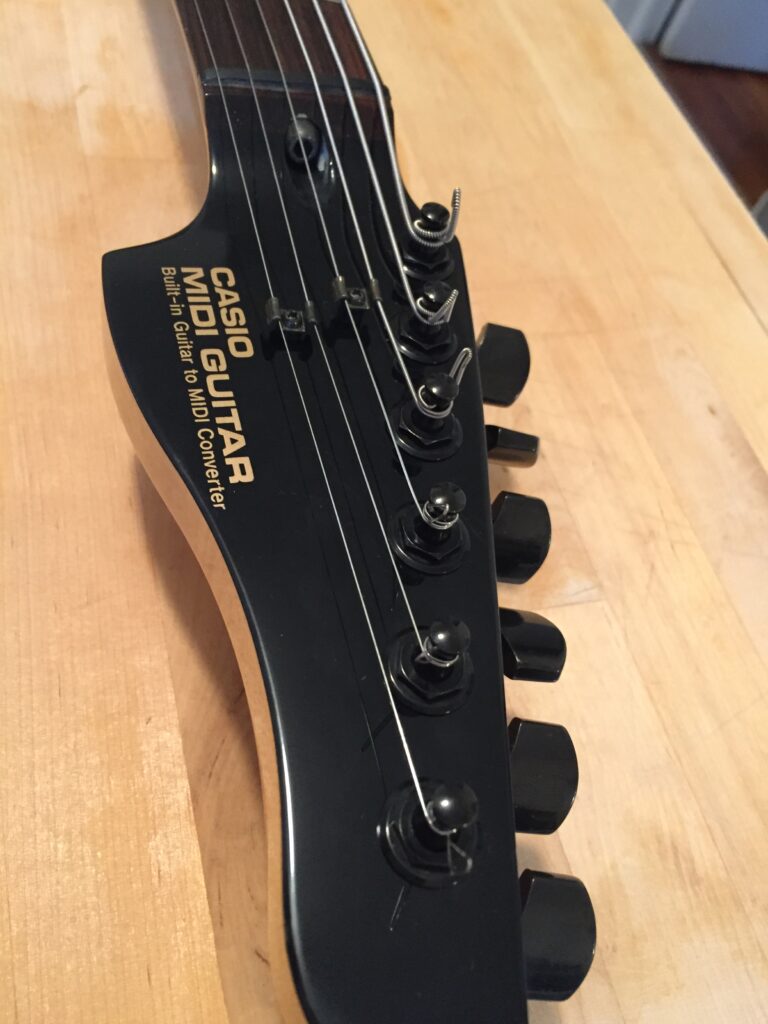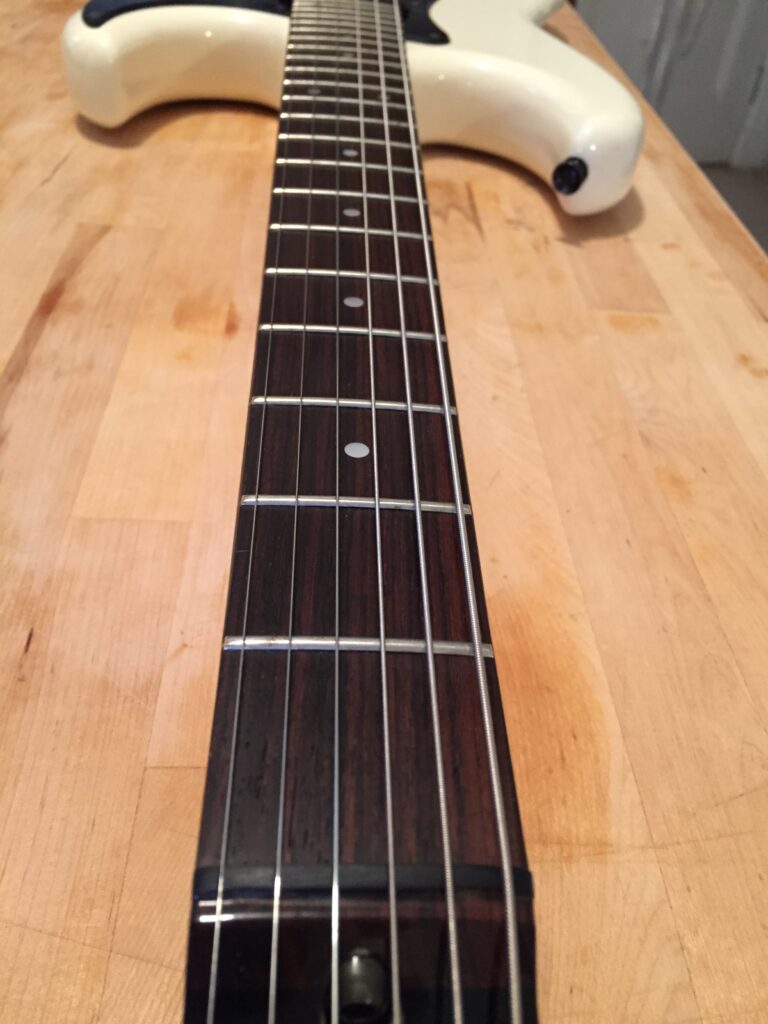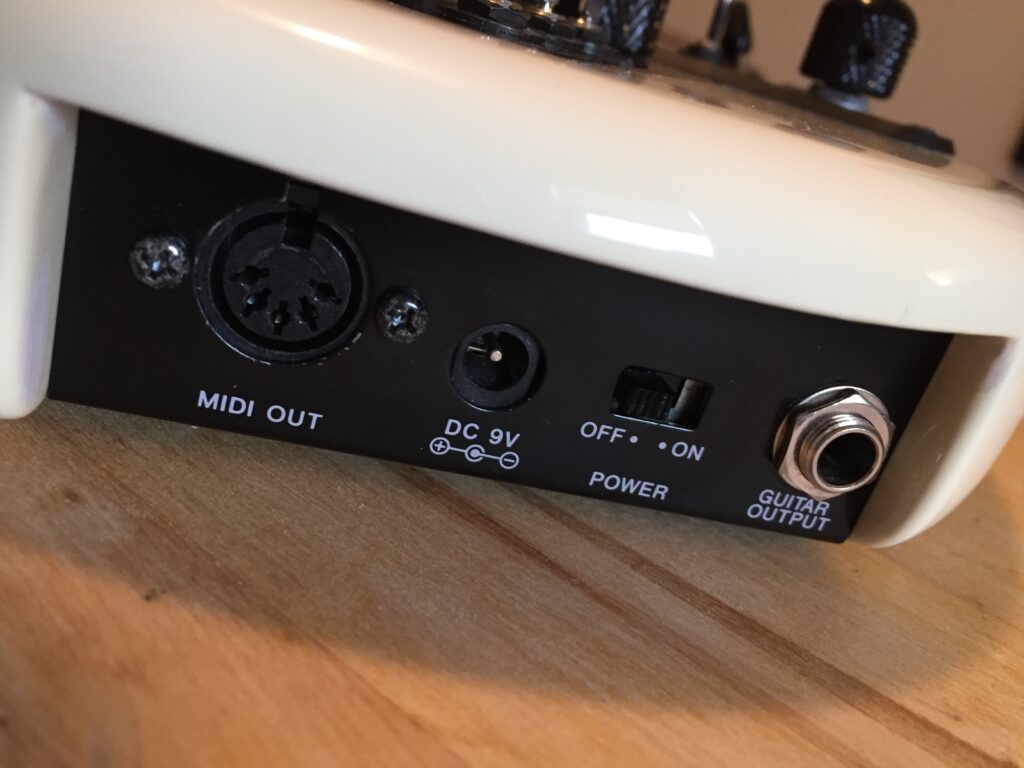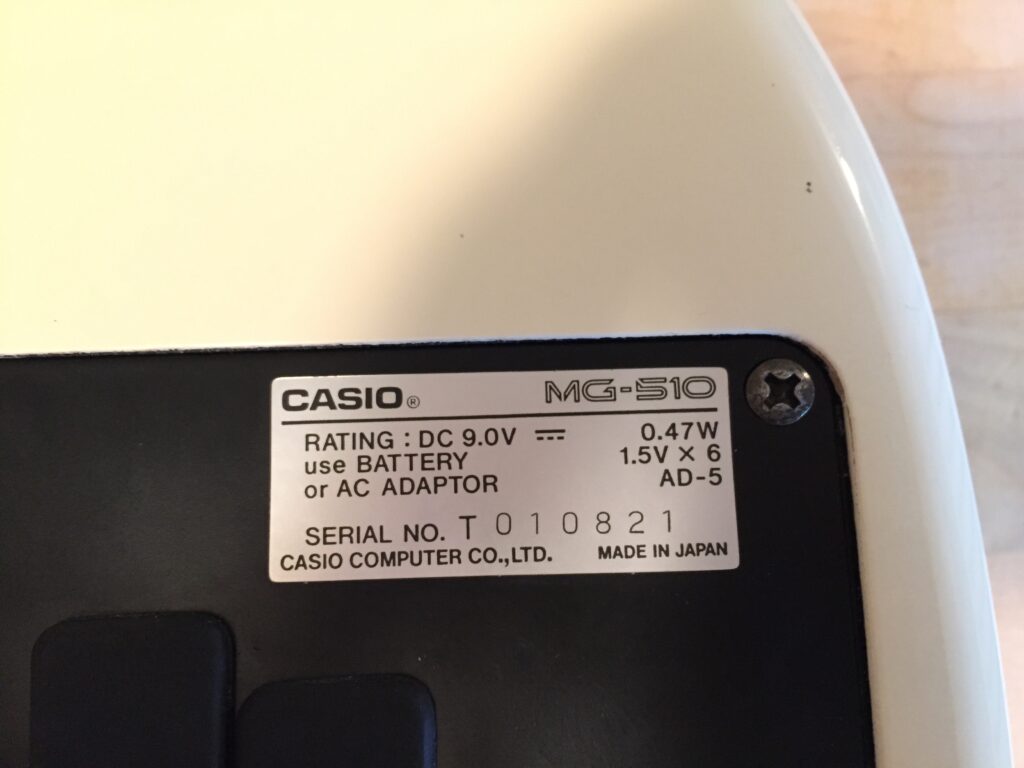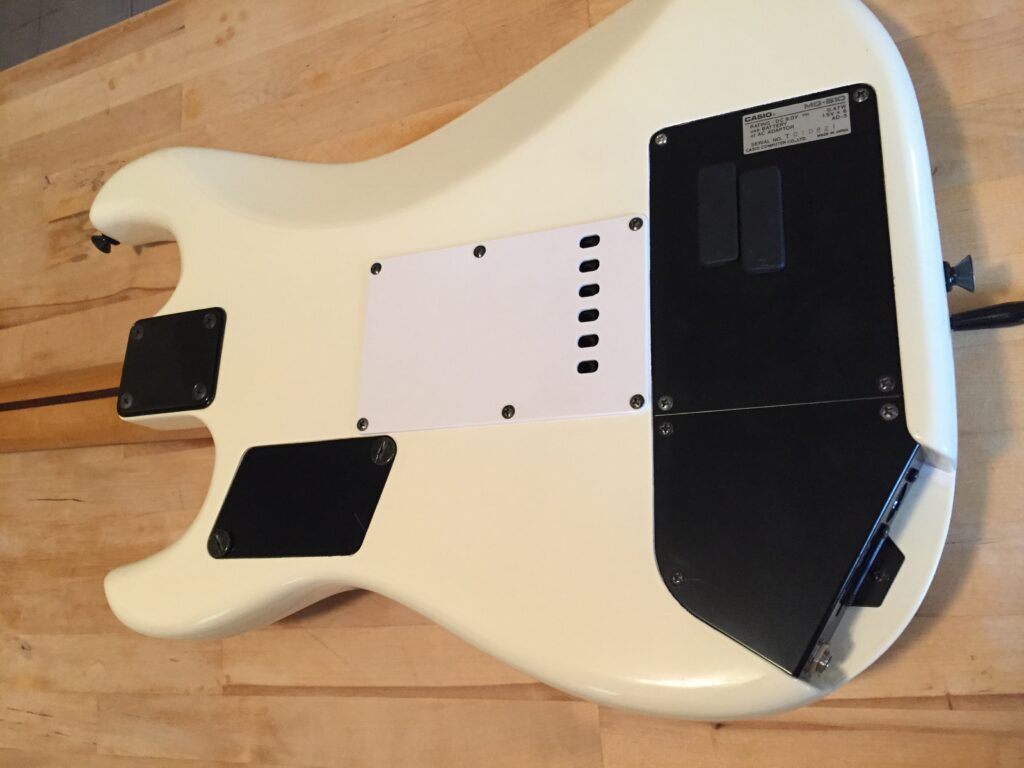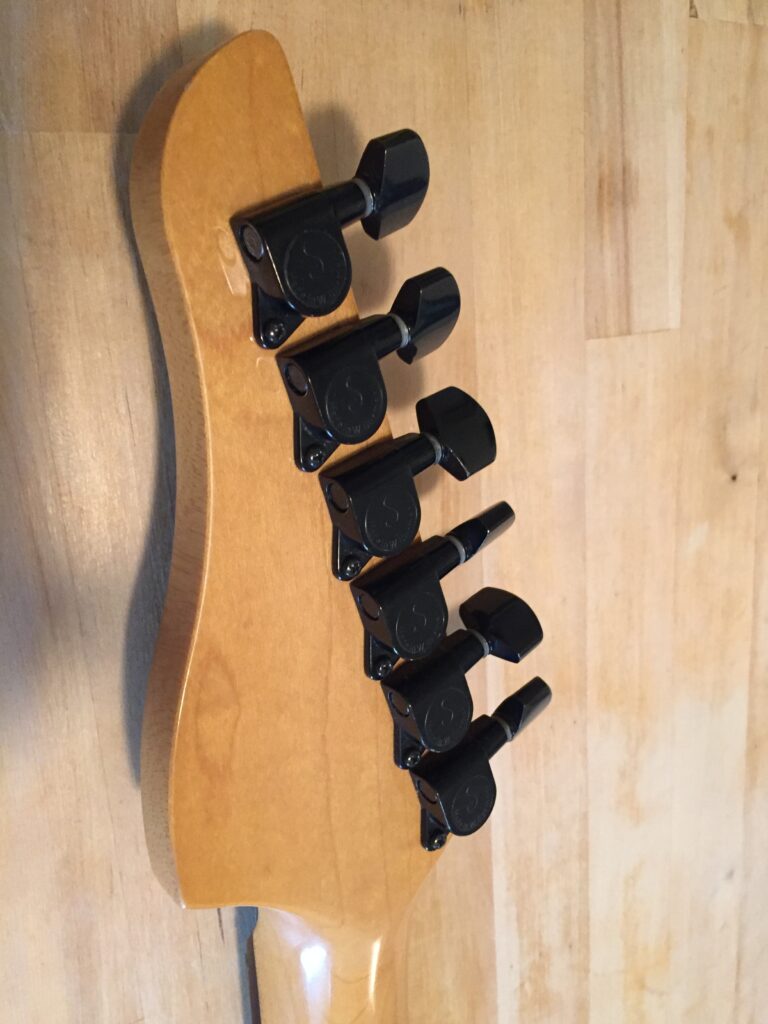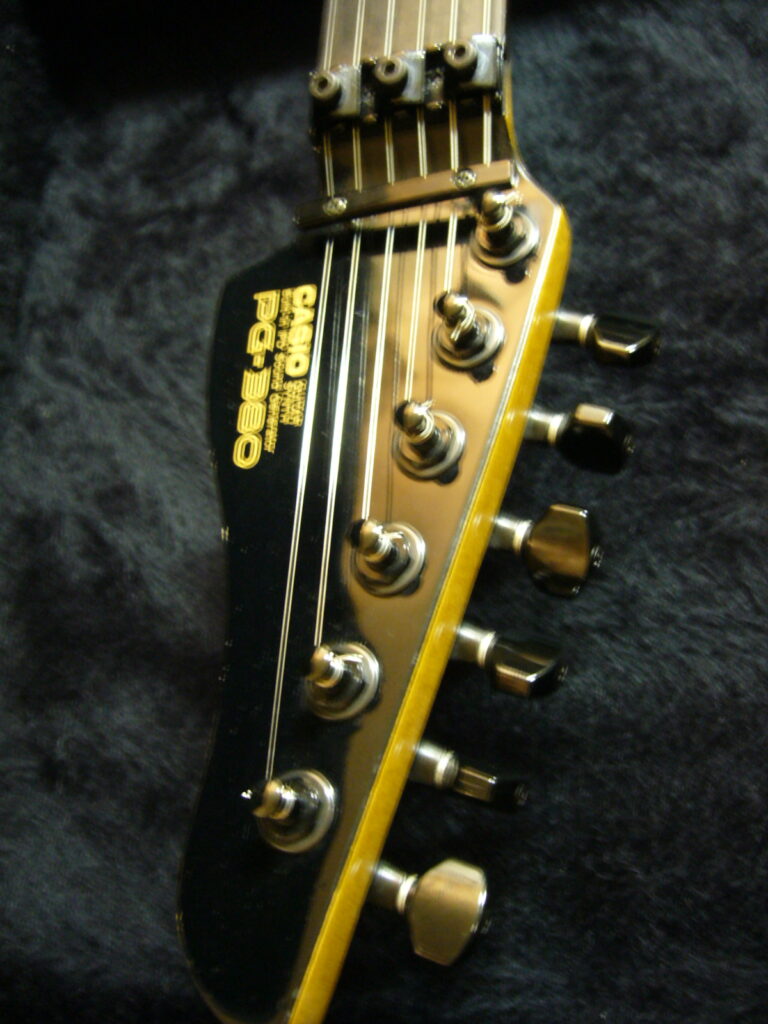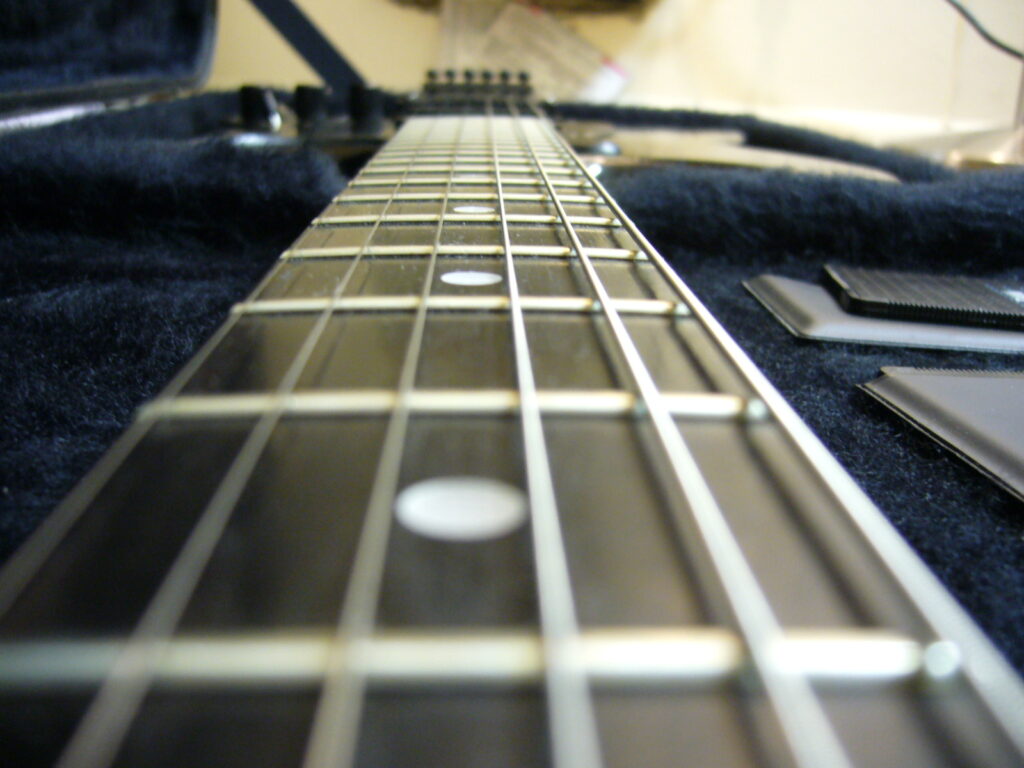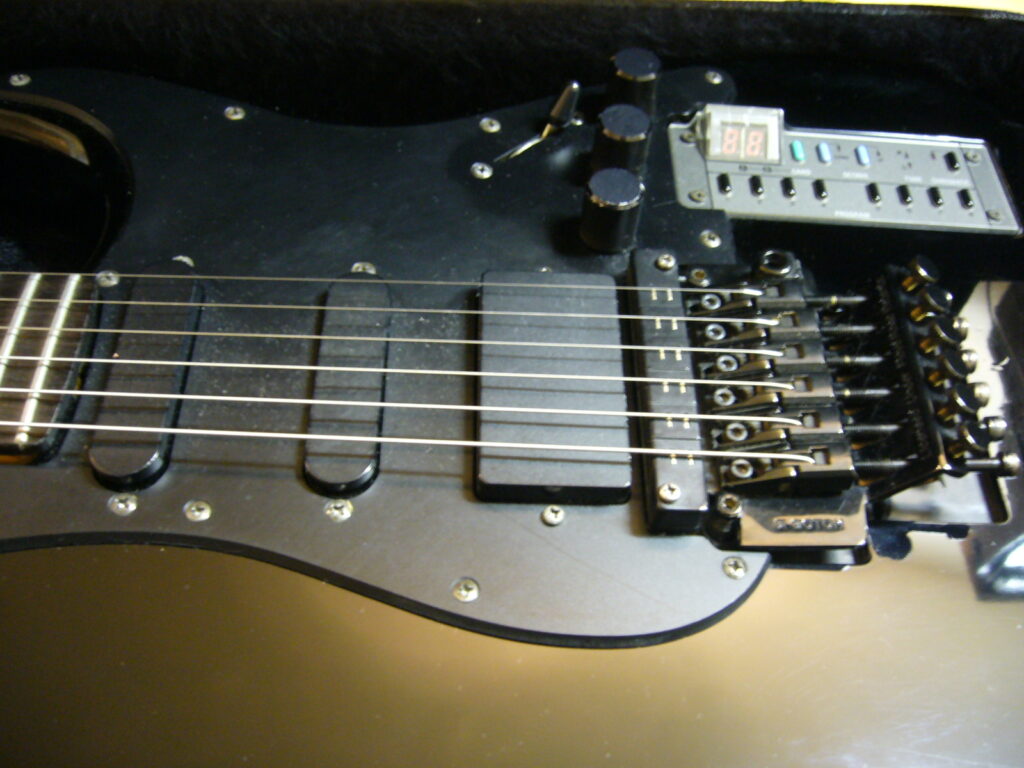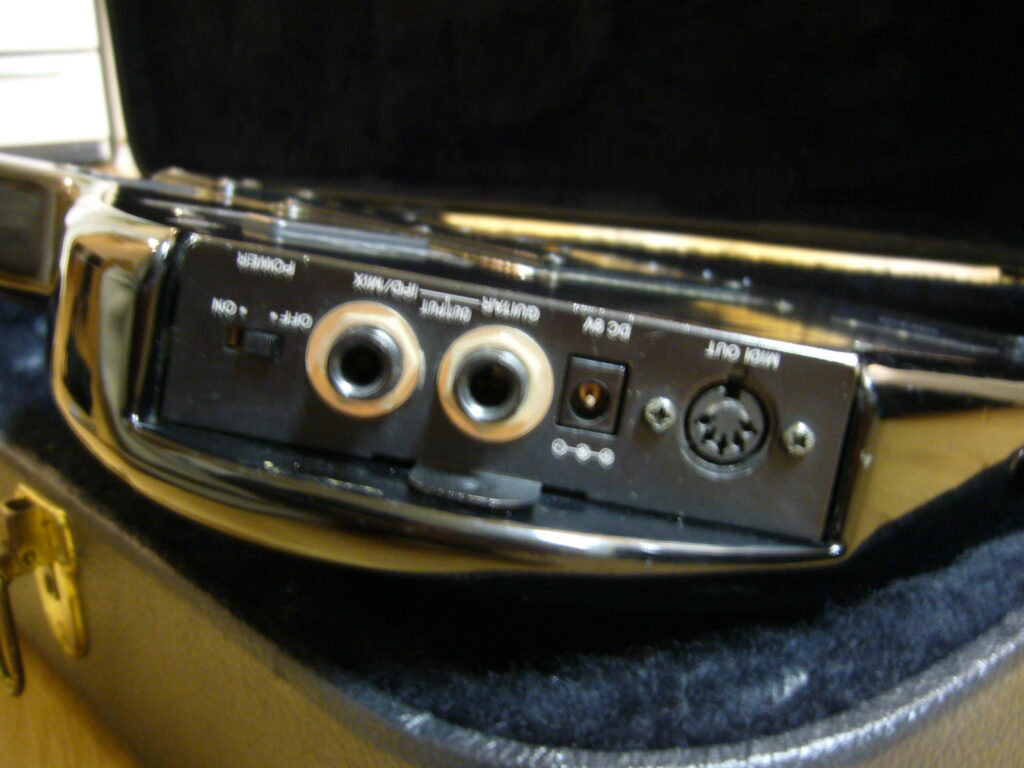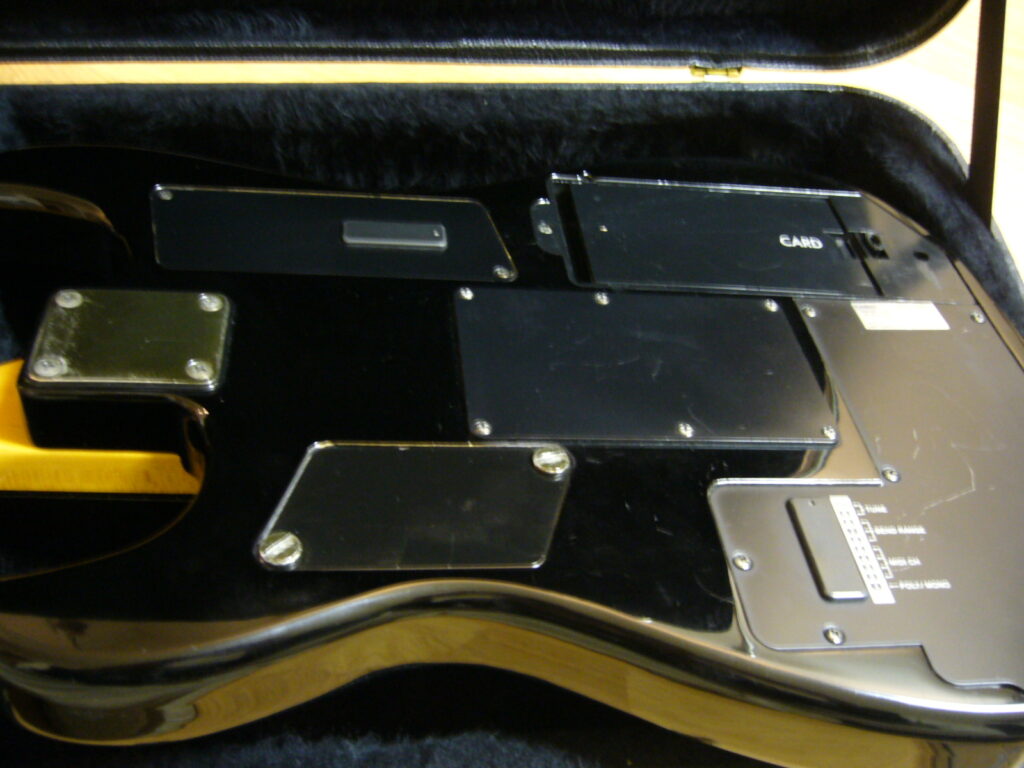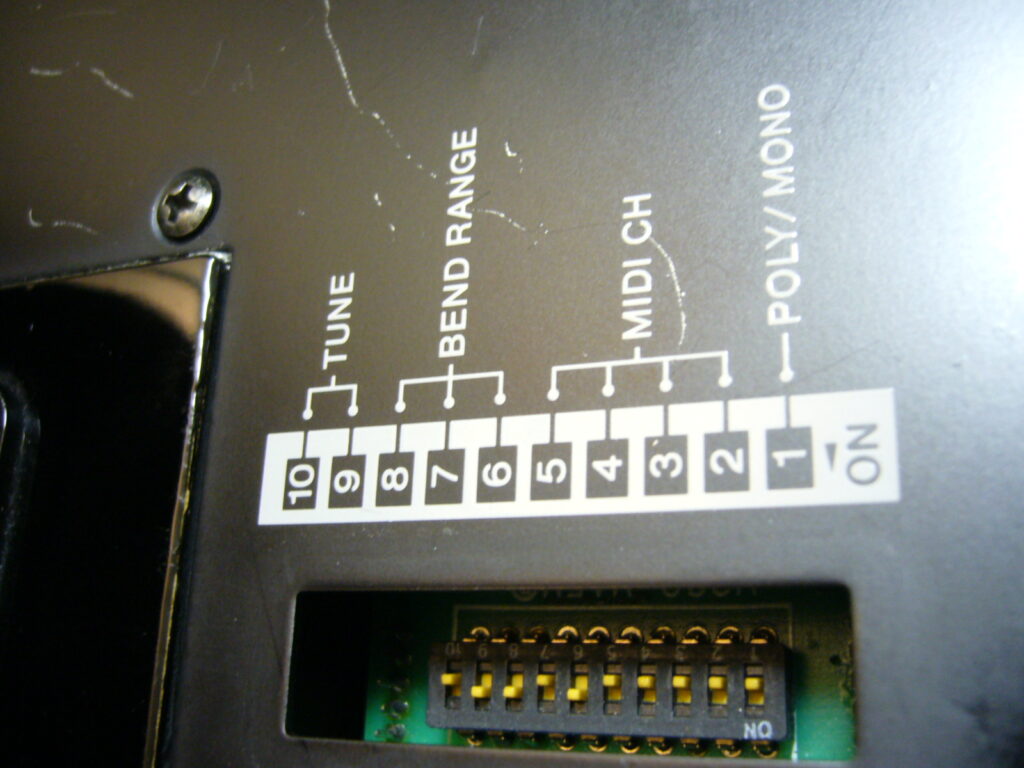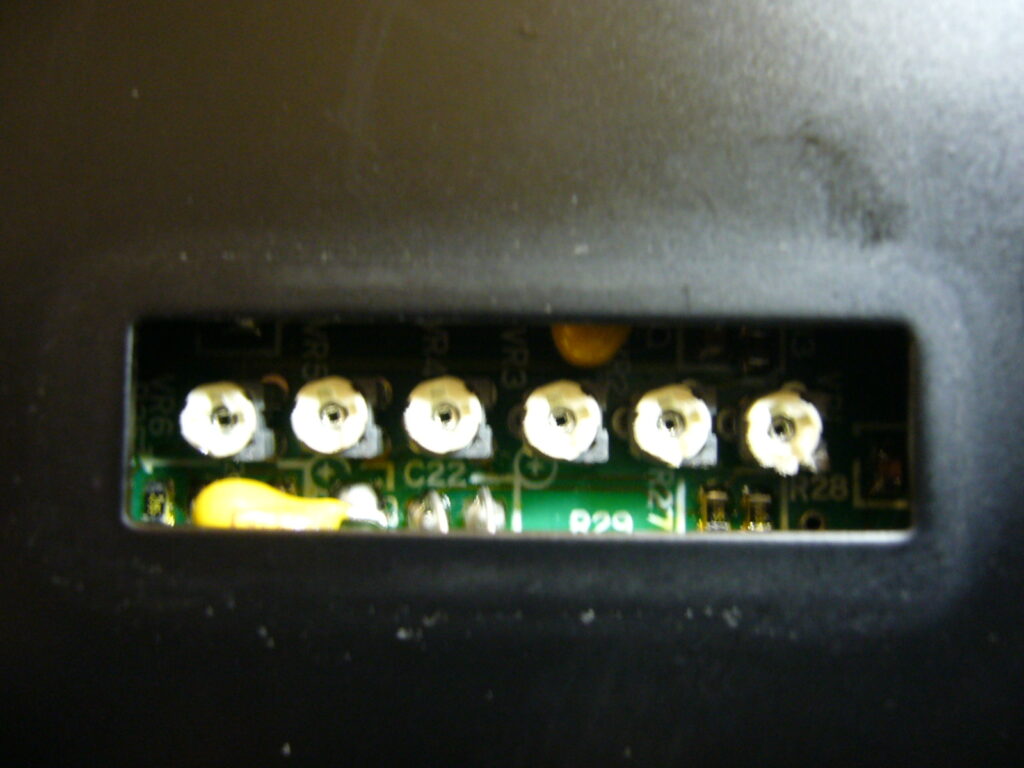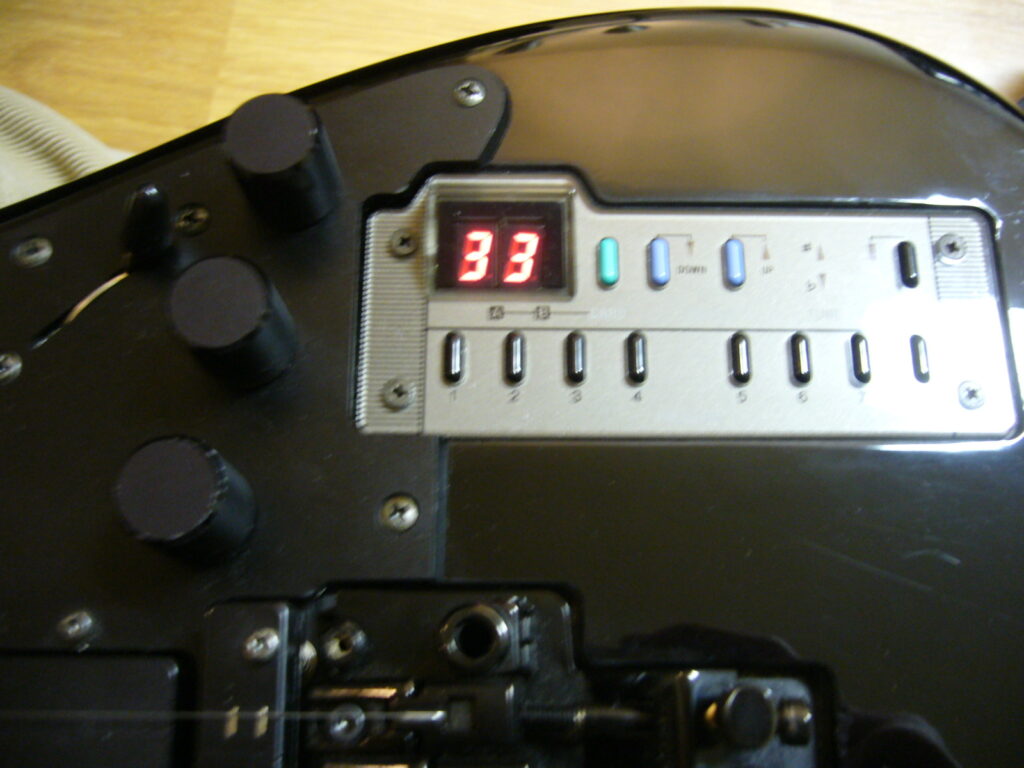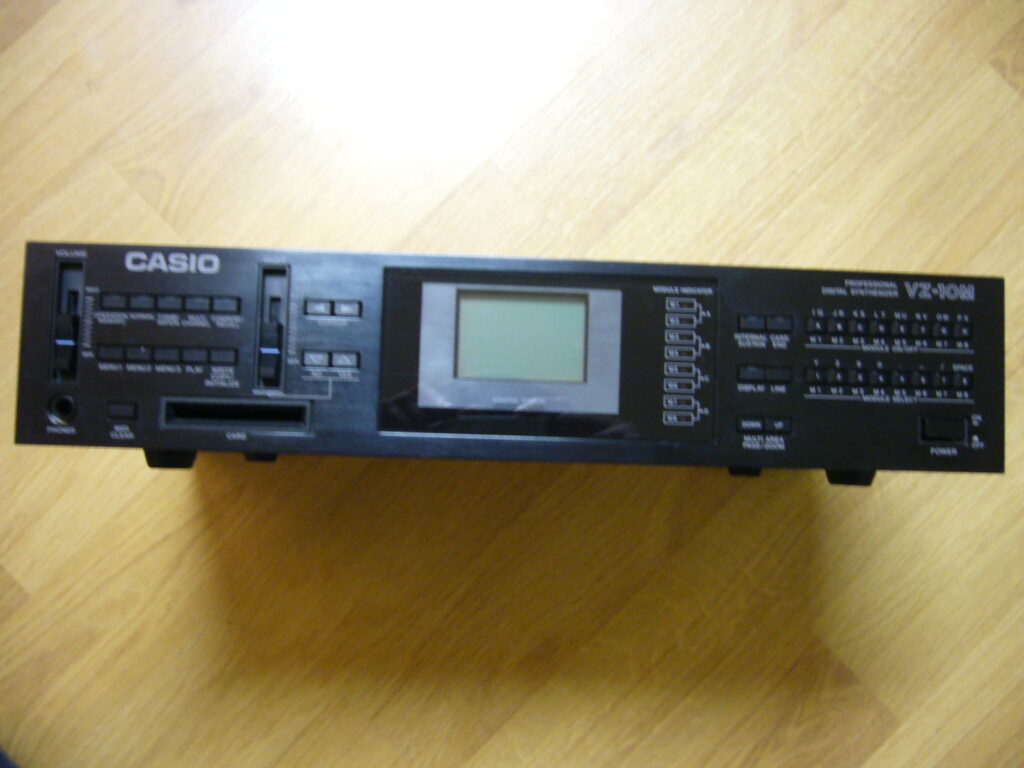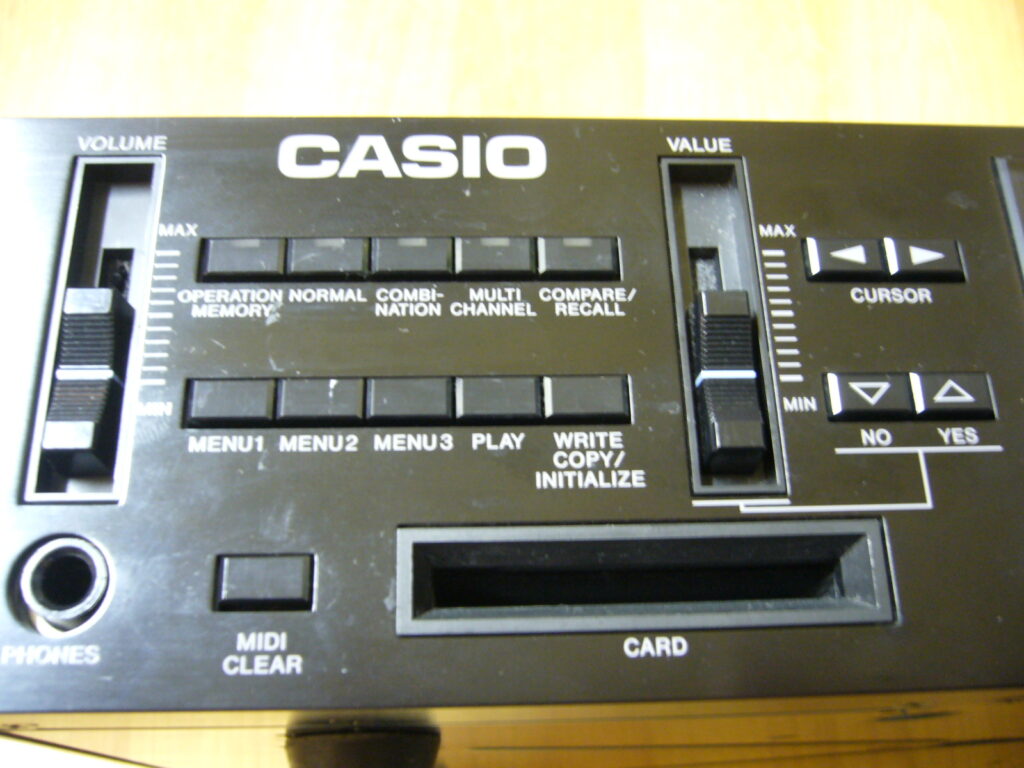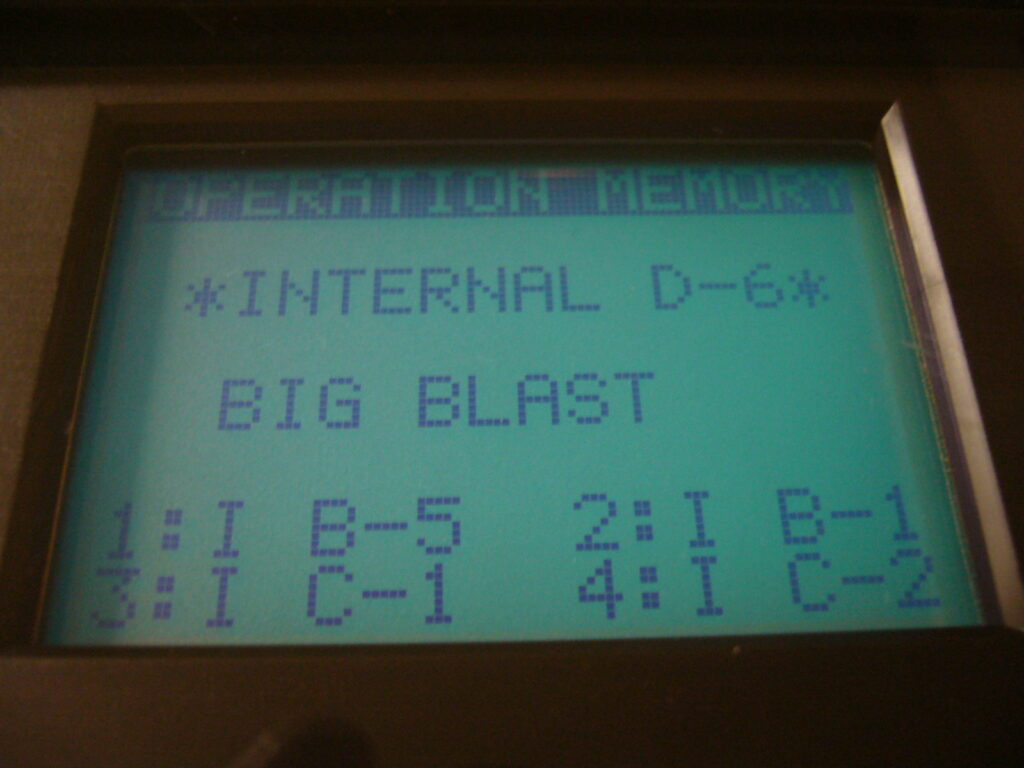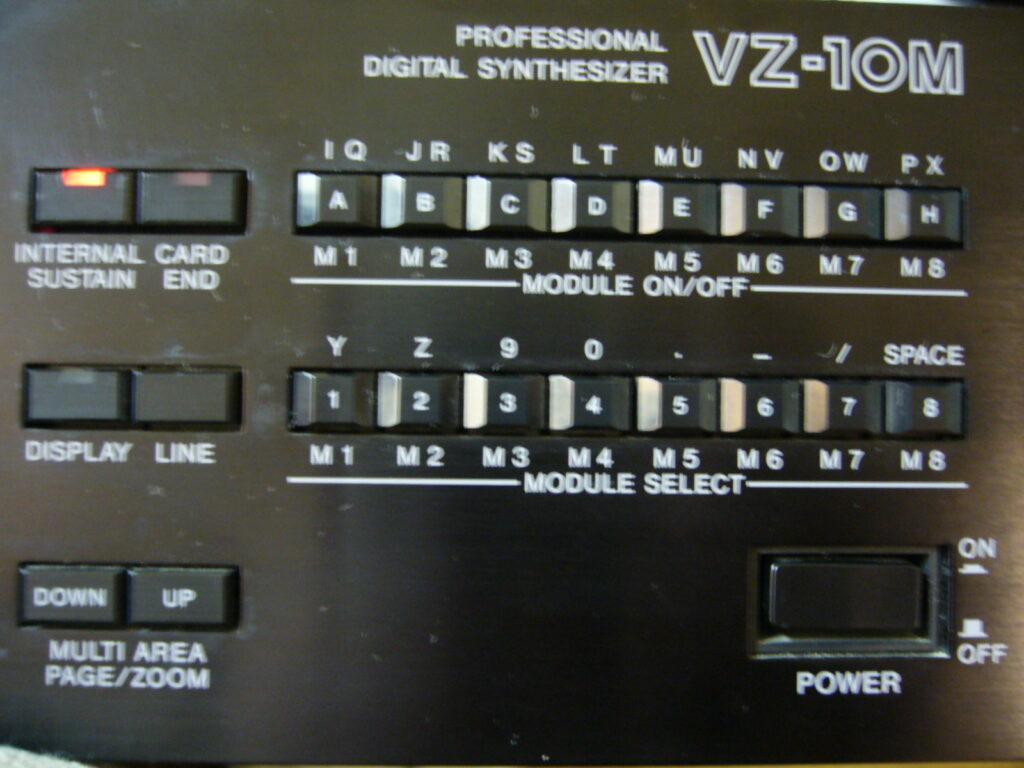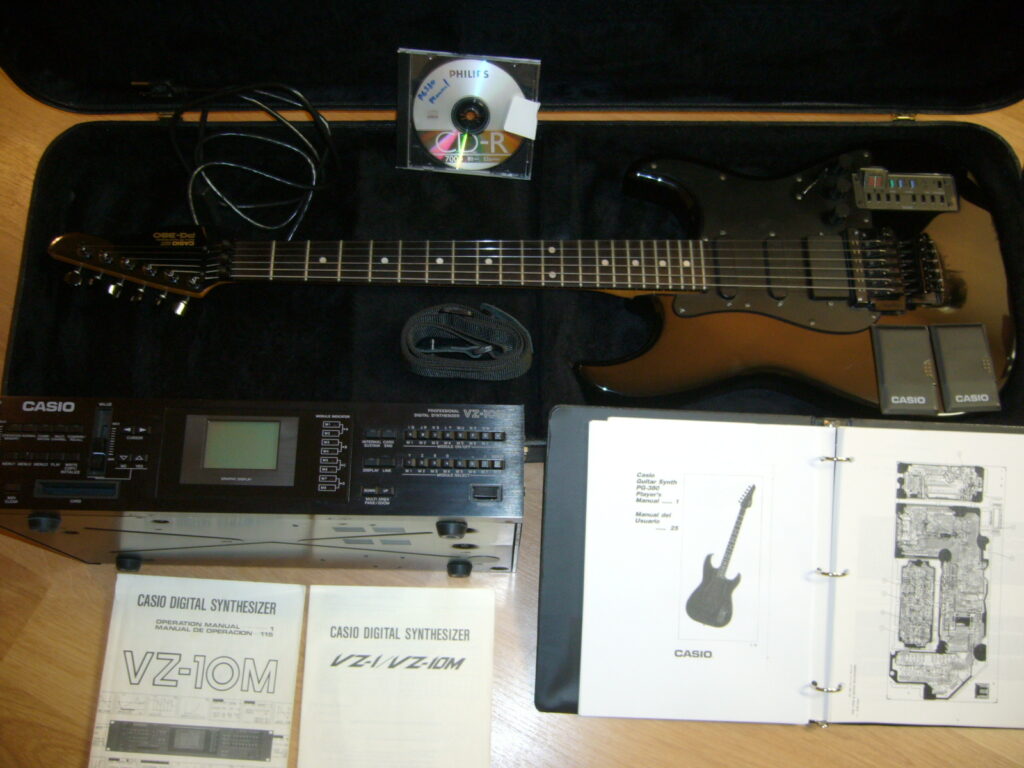Specially Designed for Guitar Applications
For my guitar rack build I wanted to add a power amp that was small but powerful & tuned for guitar. I have been searching around for a while and the only models I liked were overseas manufacturers. This particular model is great because it can run 110 or 220 with a standard rack plug cord. It offers stereo channels and two outputs per channel. I found this to be a great 1u solid state amplifier. I wanted to have that option in my rack since I sometimes blend tube and solid state outputs. Below is some commercial information you can read about it. I bought my unit at Gear 4 Music and it arrived quickly and hassle free. Here are some pics of the inside of the unit, very nice.
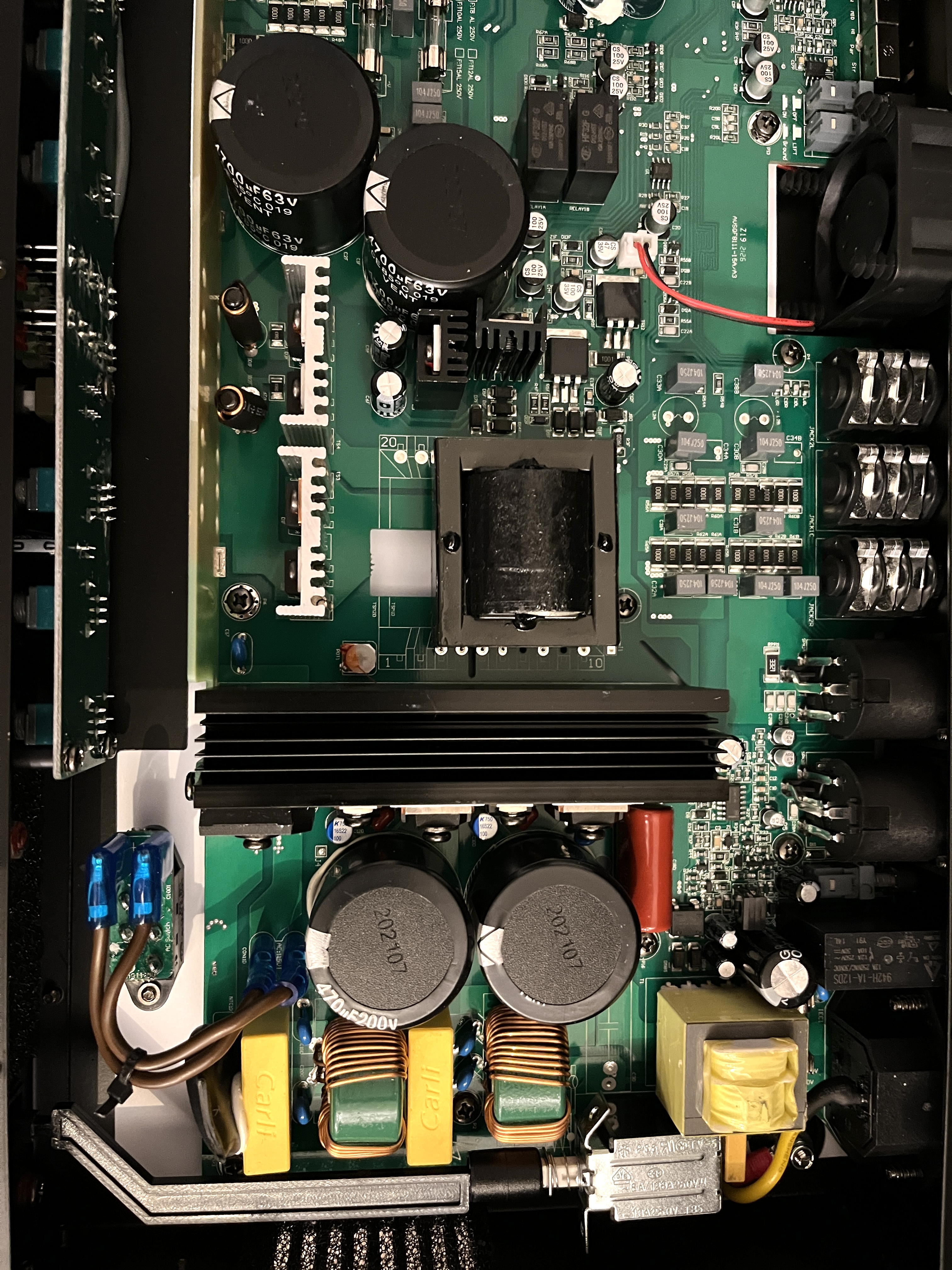
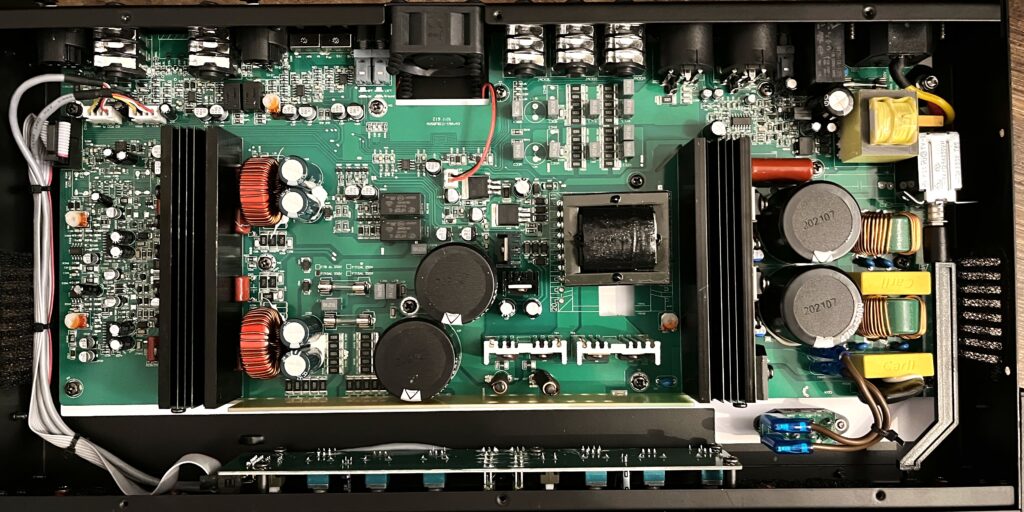
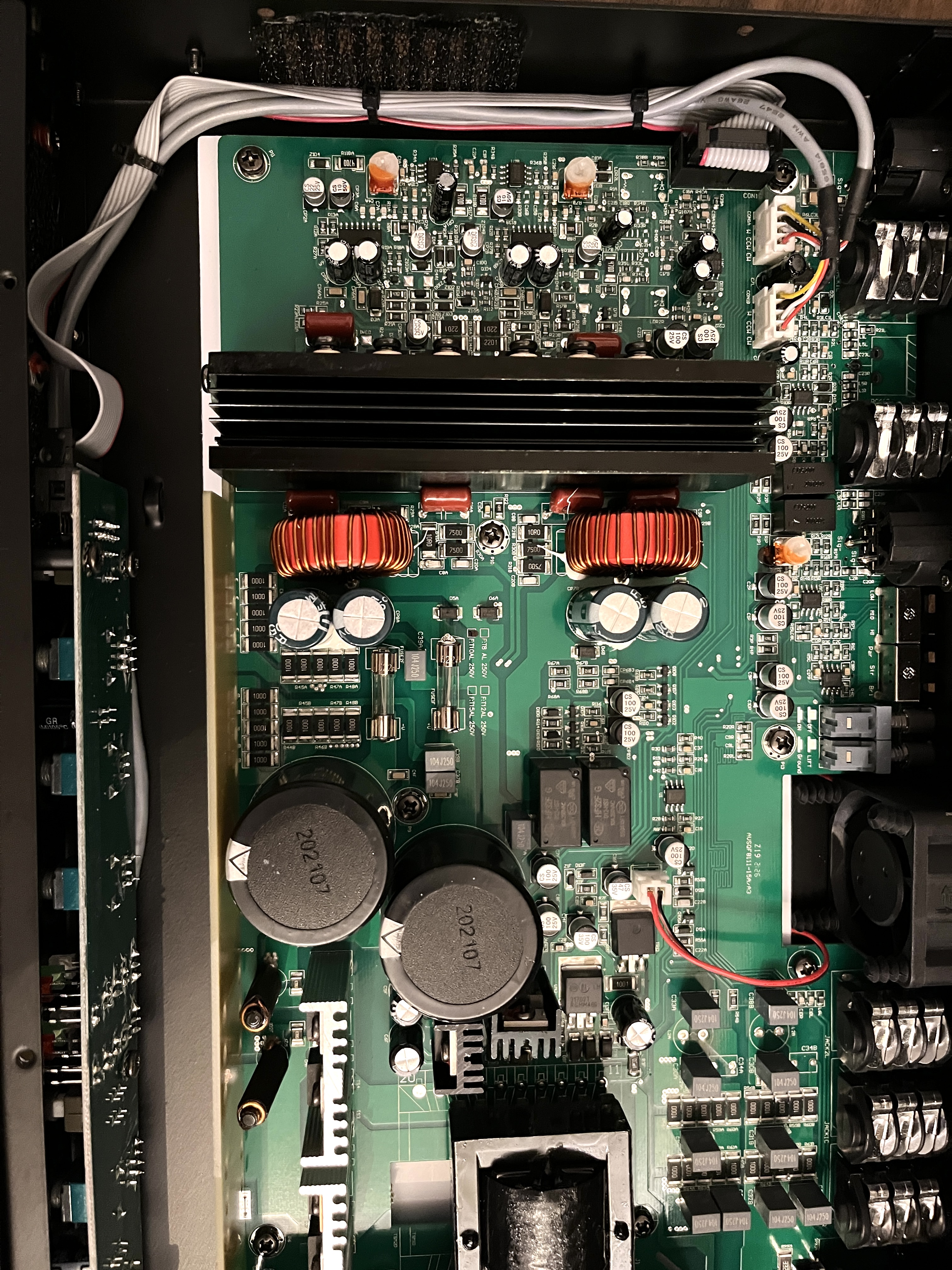
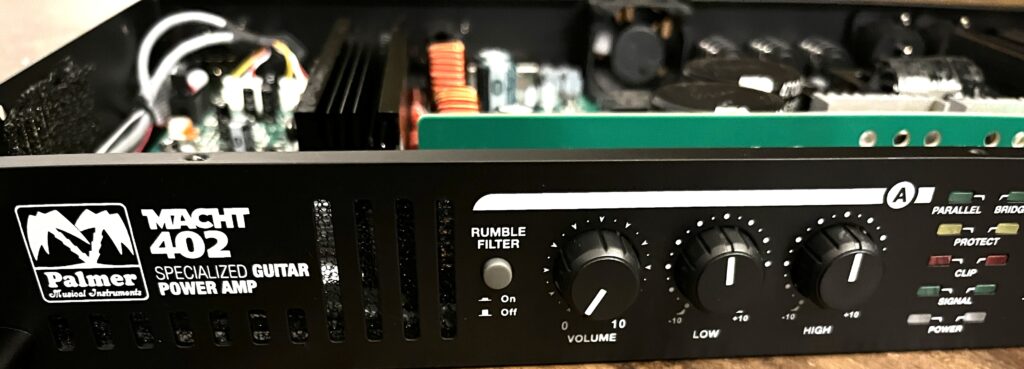

The MACHT 402 offers many features that have been tailored towards the electric guitar, allowing for incredible amplification with ease. Offering 200 watts of power per channel, with 400 watts available when bridged, the power amp can be used with virtually any speaker cabinet, allowing you to use an array of cabinets without needing extra equipment. The hi and low controls featured on the MACHT 402 have been tailored for guitar signals, providing extensive EQ facilities to create a wide variety of sounds.
The Ultimate Power Amplifier
Designed with a compact shell, the MACHT 402 offers a range of features to enhance your sound and deliver the ultimate amplification. An efficient switch mode makes the power amp and excellent source of power, while special circuits protect it against overvoltage, DC, short circuits, and overheating. The low noise fan keeps the unit cool, allowing the MACHT 402 to deliver authentic tube power stage characteristics that make it an ideal power station for guitar preamps, small amp, modelers, and some effect pedals. The power amp also provides a rumble feature with an on/off function, allowing you to suppress the low frequencies to let the low end sound great at high volume levels. A limiter restricts the power amp’s max output, preventing clipping distortion and protects your speakers.
Specifications
- Rated Output Power (1kHz @ 4 Ohms): 2 x 200 W
- Rated Output Power (1kHz @ 8 Ohms): 2 x 100 W
- Rated Output Power (1kHz @ 8 Ohms, bridged): 400 W
- Output Circuitry: Class D
- Frequency Response: 20 – 20000 Hz
- THD: Less than 0.1
- Gain: 32 dB / 26 dB / 28 dB
- Input Sensitivity: 0,68 V / 1,4 V / 1,2 V
- Protection Circuits:
- DC
- Short Circuit
- Soft Start
- Thermal Overload
- Over-Current
- Controls:
- Sensitivity
- Volume
- On / Off
- Mode
- Low
- Limiter
- High
- Ground Lift
- Indicators:
- Protect (Protection Circuit Engaged)
- Signal
- Power
- Mode
- Clip
- Line Inputs: 2
- Line Input Connectors: RCA, 6.3 mm Jack
- Loudspeaker Outputs: 2
- Speaker Output Connections: 6.3 mm Jack, Speakon Compatible
- Cooling: Low-Noise Fan
- Operating Voltage: Switching Power Supply
- Power Consumption @ Full Load: 470 W
- Operating Voltage: 115 V AC / 230 V AC (Switchable)
Dimensions
- Width: 482mm
- Height: 44mm
- Depth: 244mm
- Weight: 3.8kg
This unit fit nicely in my power section of my rack.
